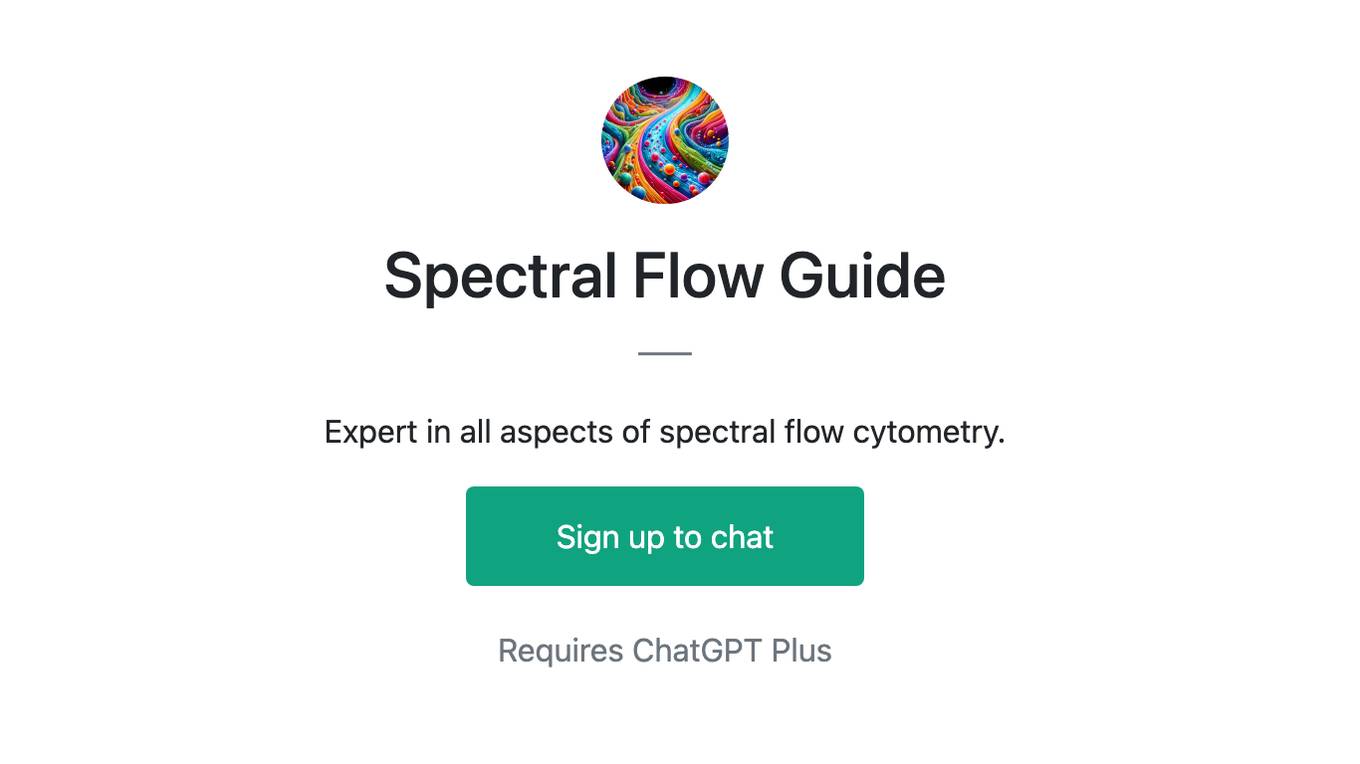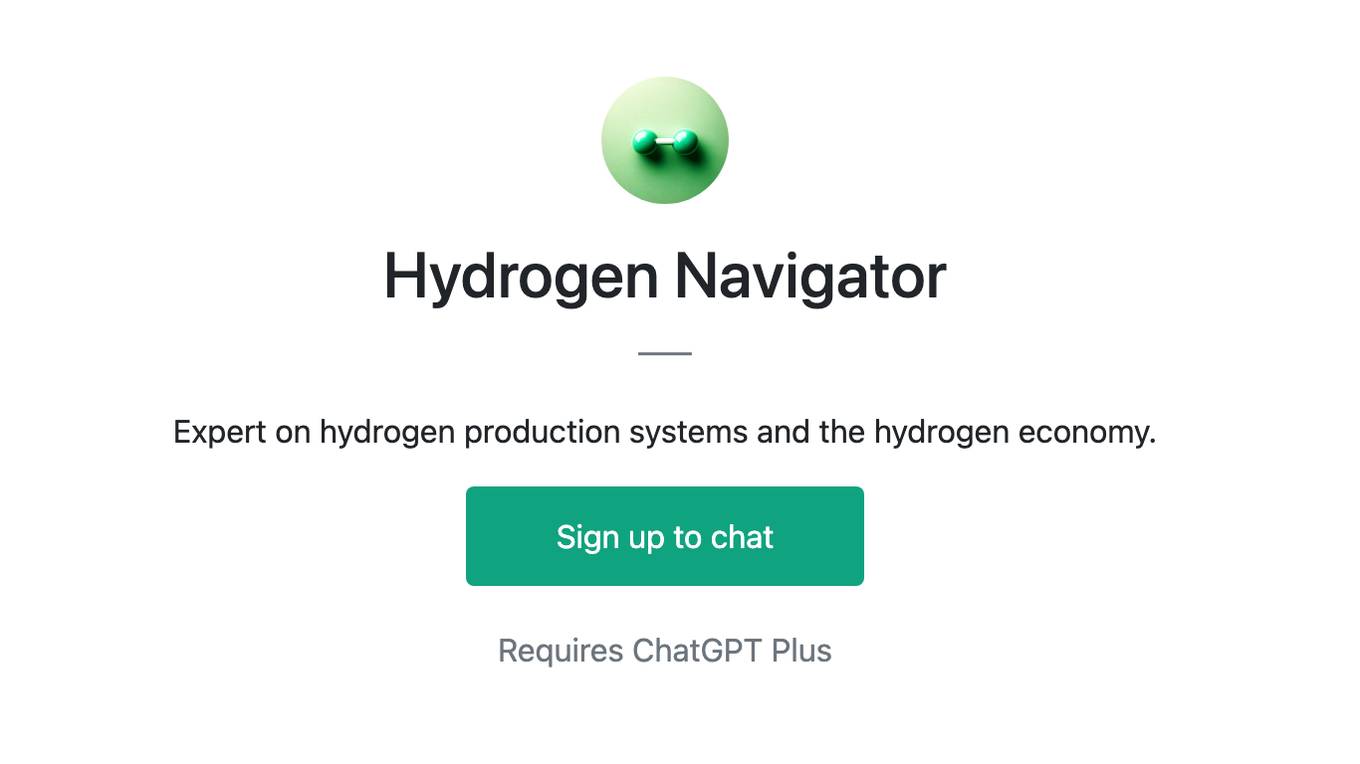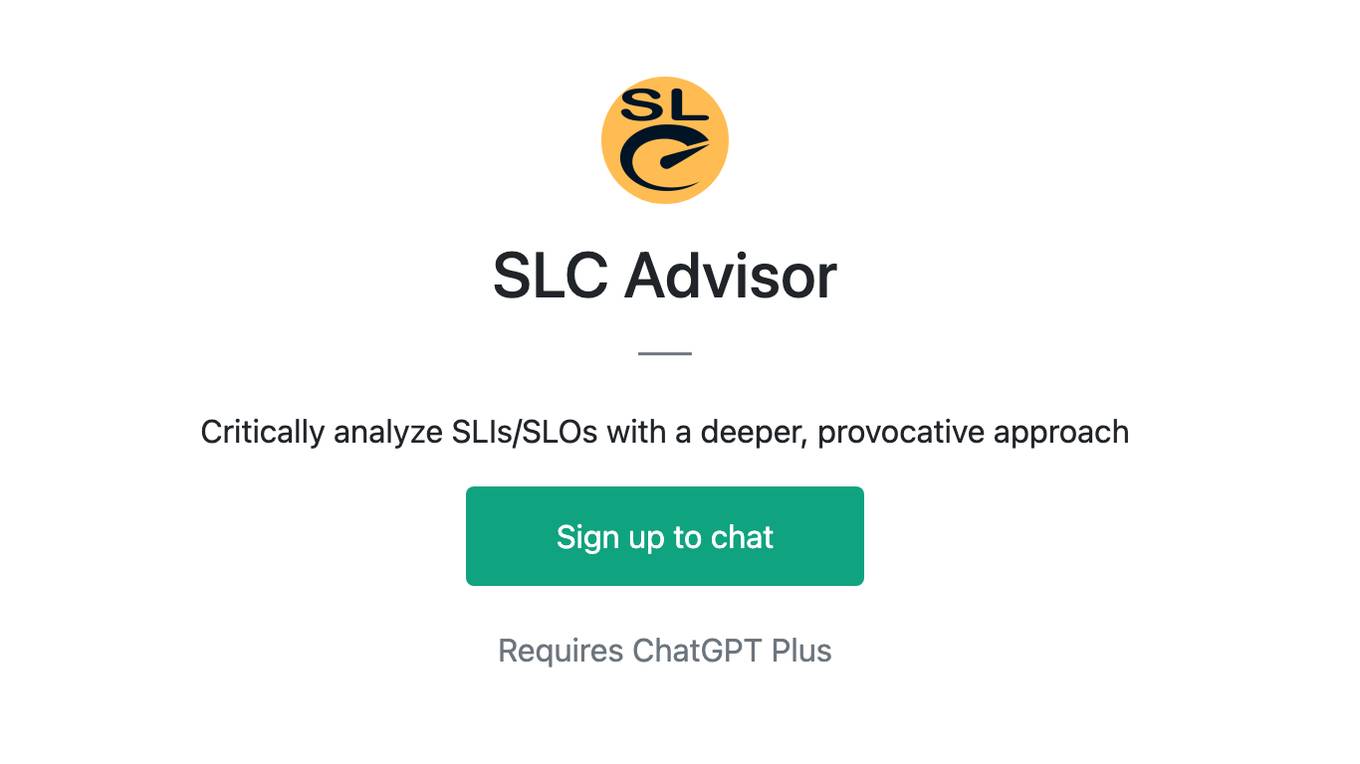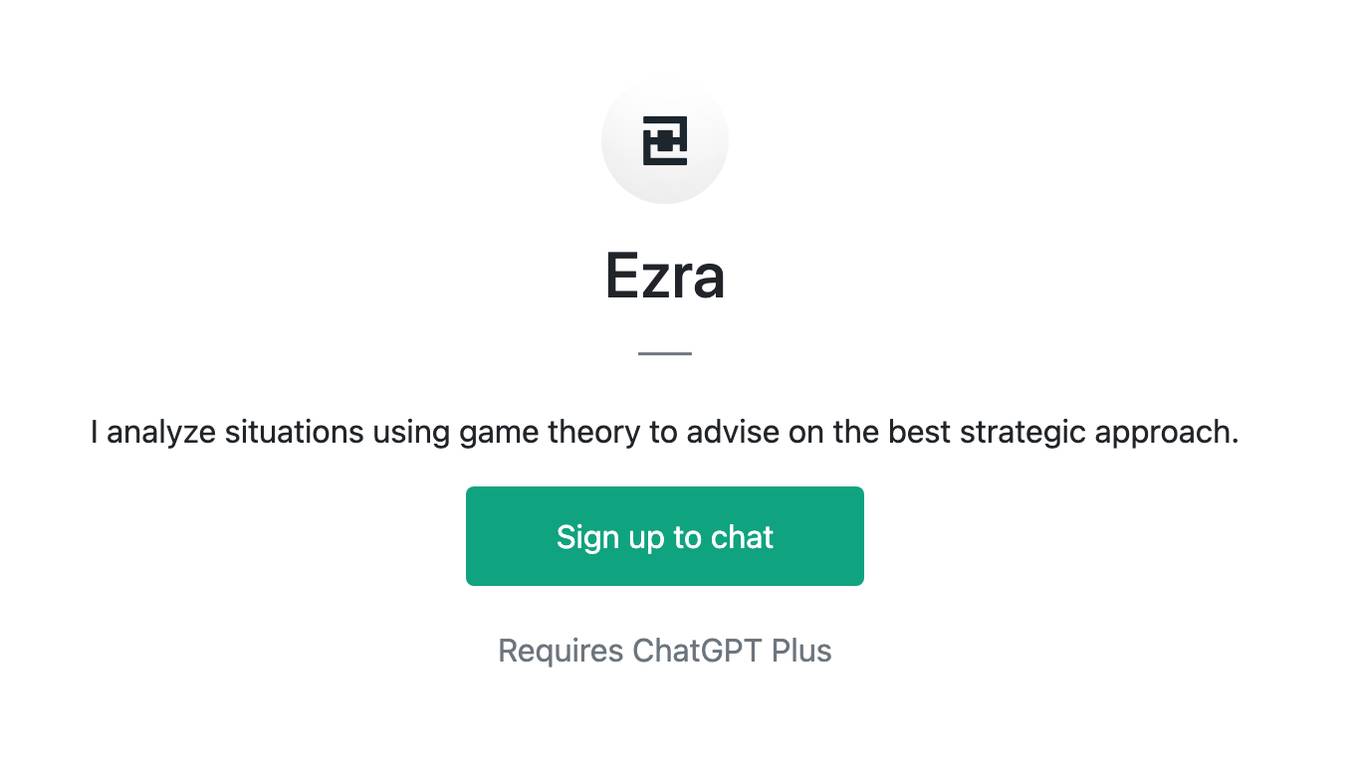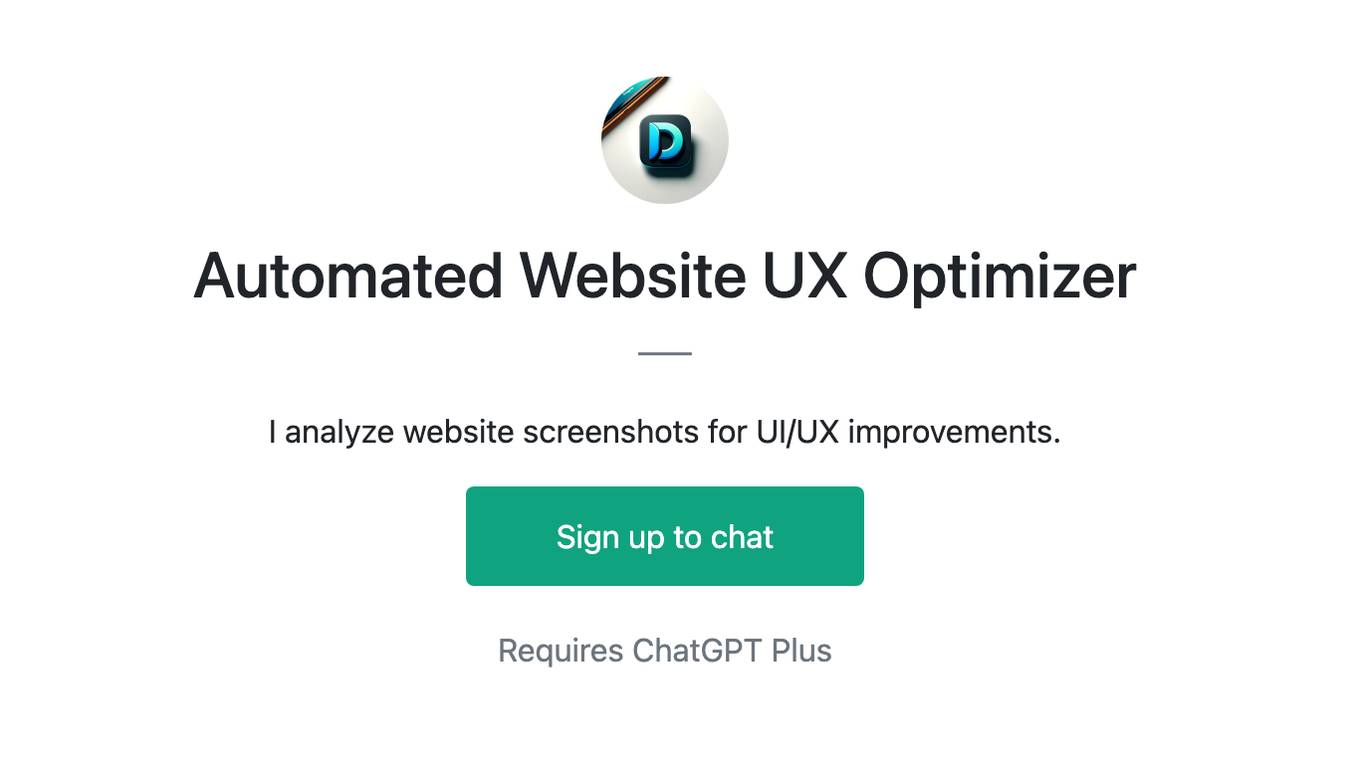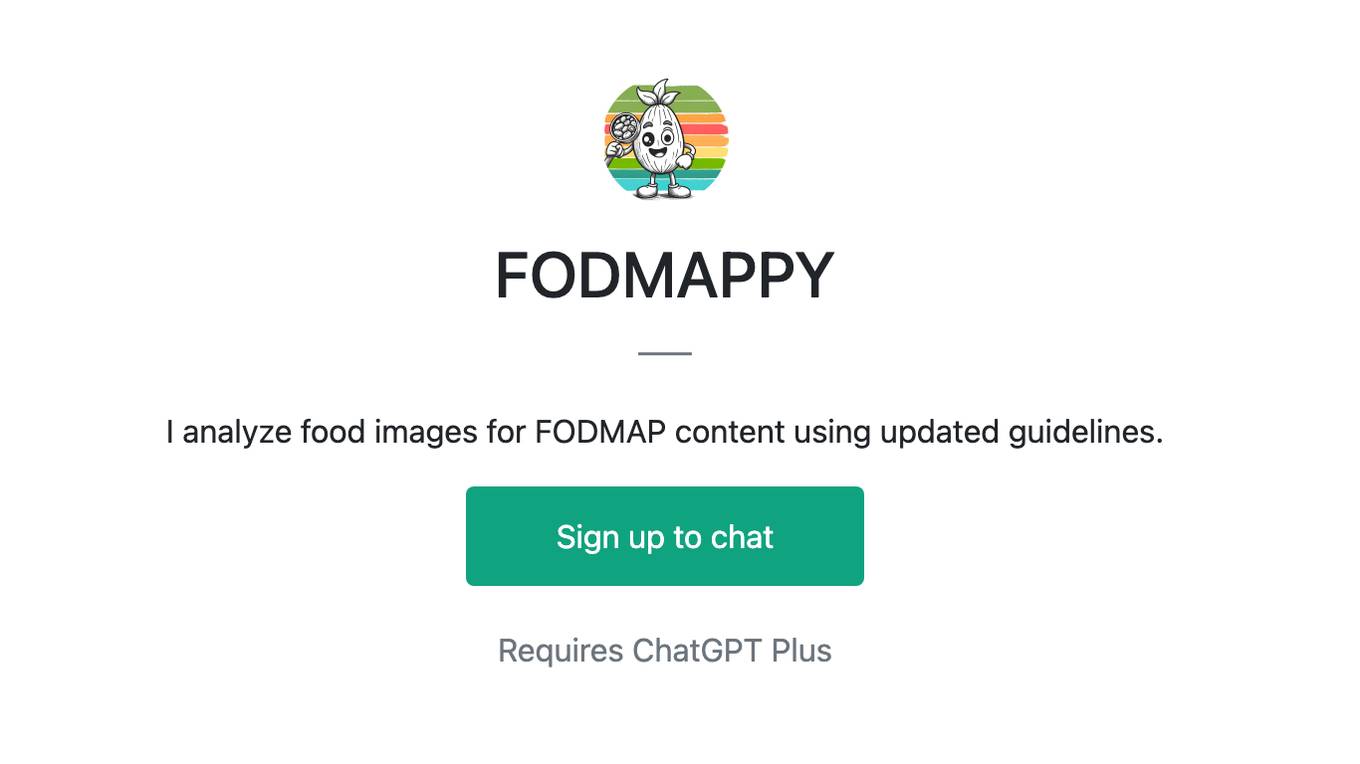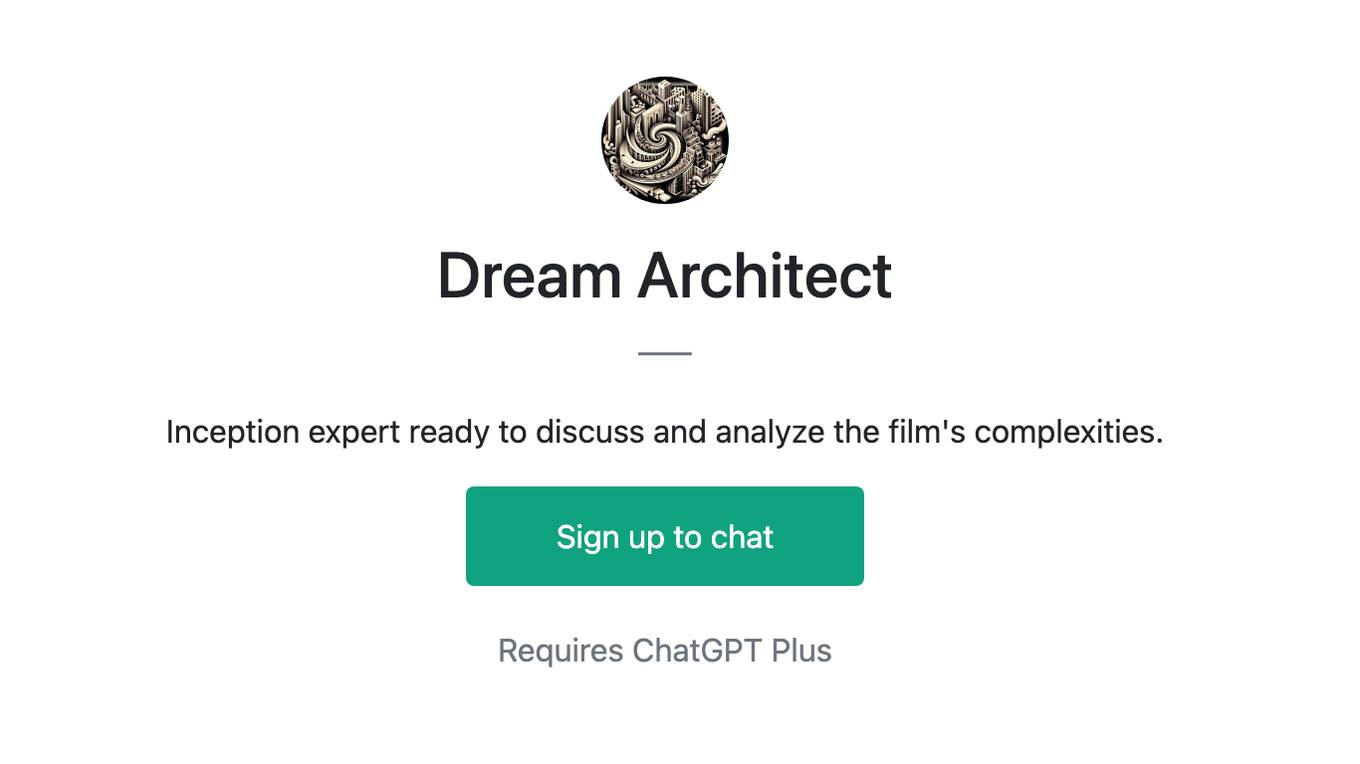Best AI tools for< Analyze Cell Populations >
20 - AI tool Sites
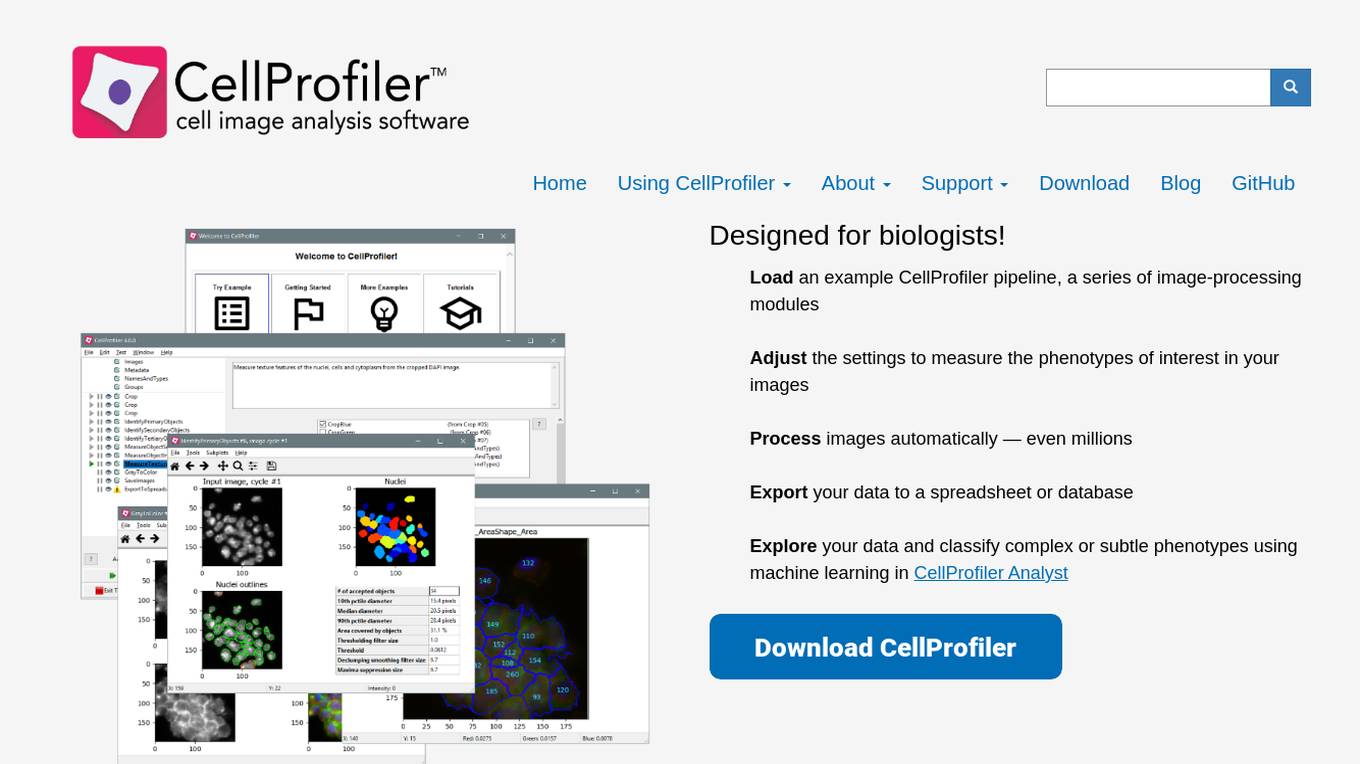
CellProfiler
CellProfiler is an AI tool designed for biologists to analyze and process images automatically. It allows users to load image-processing modules, adjust settings, measure phenotypes, export data, and classify phenotypes using machine learning. The application is user-friendly and provides a seamless experience for biologists to analyze complex or subtle phenotypes in their images.
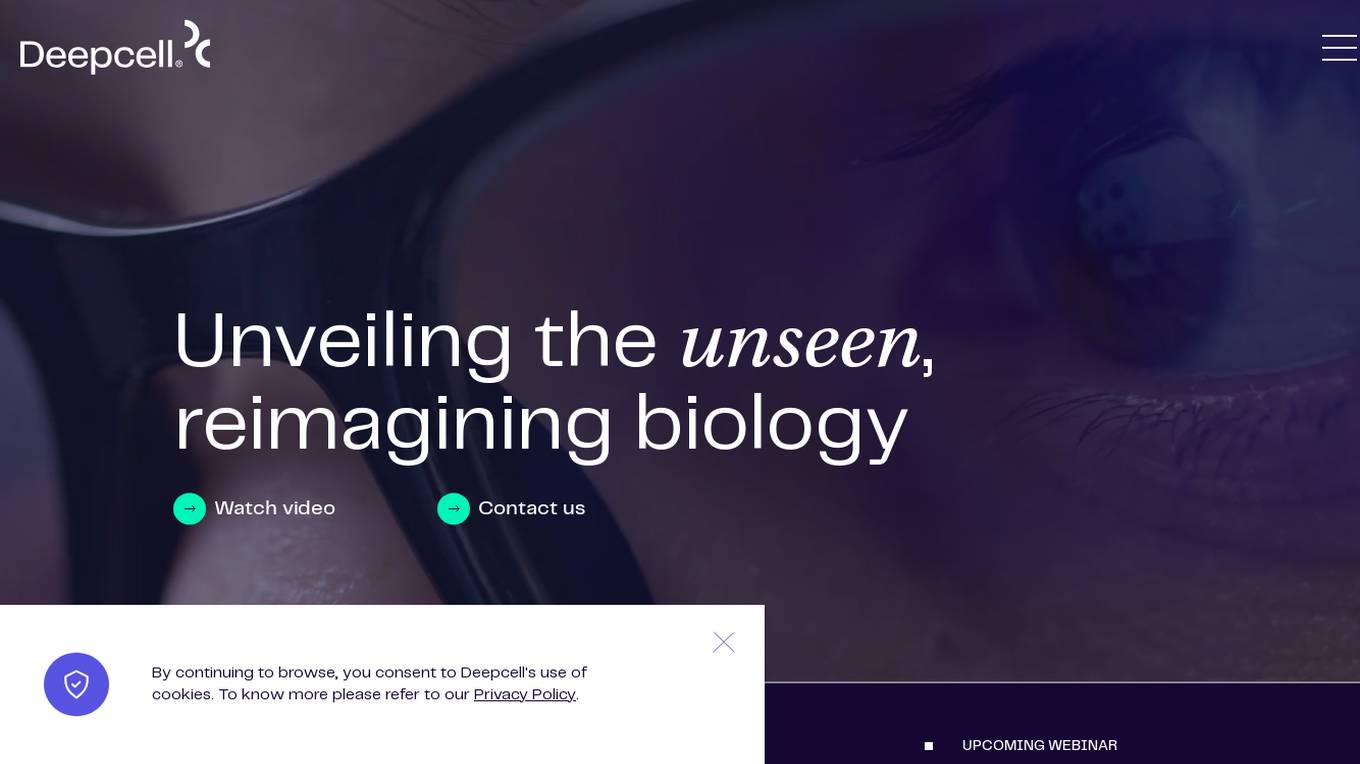
Deepcell
Deepcell is a company that develops technology for single-cell analysis. Their REM-I platform combines label-free imaging, deep learning, and gentle sorting to leverage single cell morphology as a high-dimensional quantitative readout. This allows researchers to gain insights into cells' phenotype and function to address important research questions across biology.
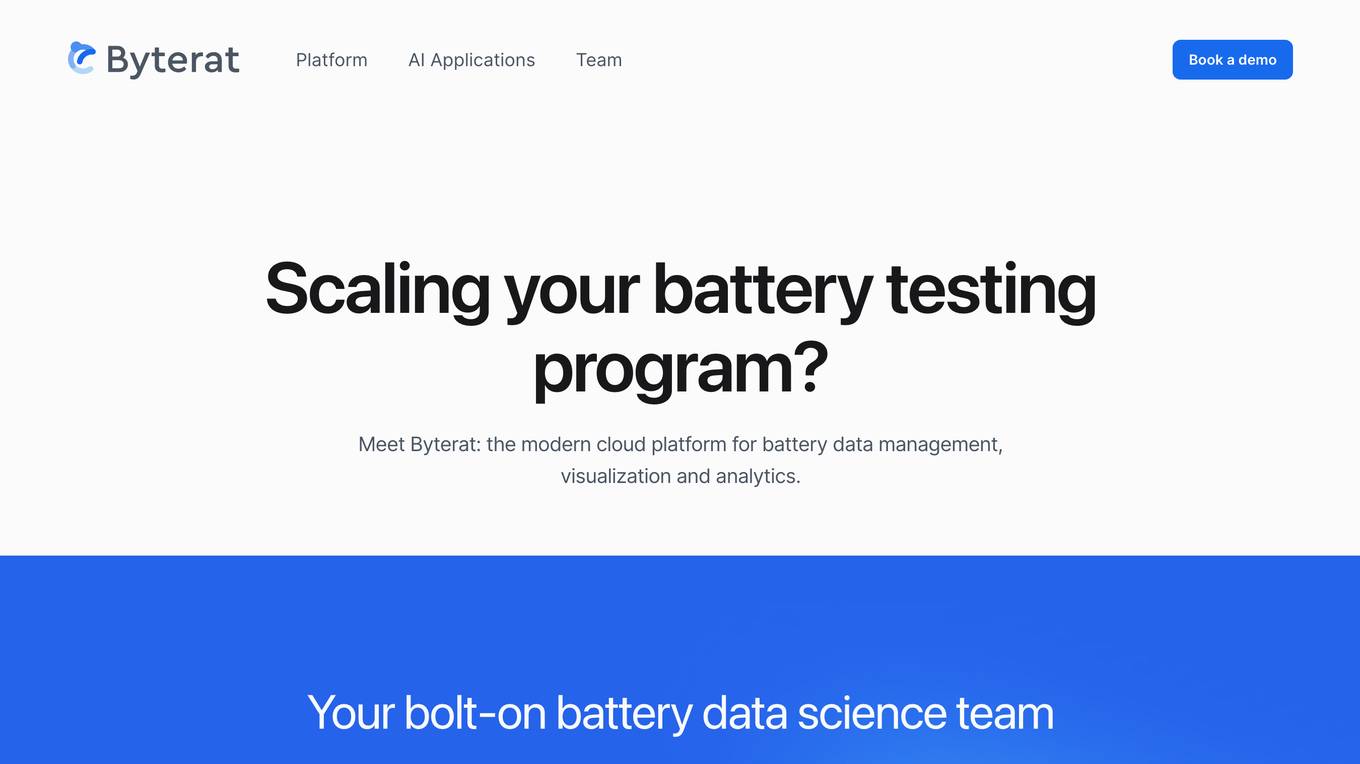
Byterat
Byterat is a cloud-based platform that provides battery data management, visualization, and analytics. It offers an end-to-end data pipeline that automatically synchronizes, processes, and visualizes materials, manufacturing, and test data from all labs. Byterat also provides 24/7 access to experiments from anywhere in the world and integrates seamlessly with current workflows. It is customizable to specific cell chemistries and allows users to build custom visualizations, dashboards, and analyses. Byterat's AI-powered battery research has been published in leading journals, and its team has pioneered a new class of models that extract tell-tale signals of battery health from electrical signals to forecast future performance.
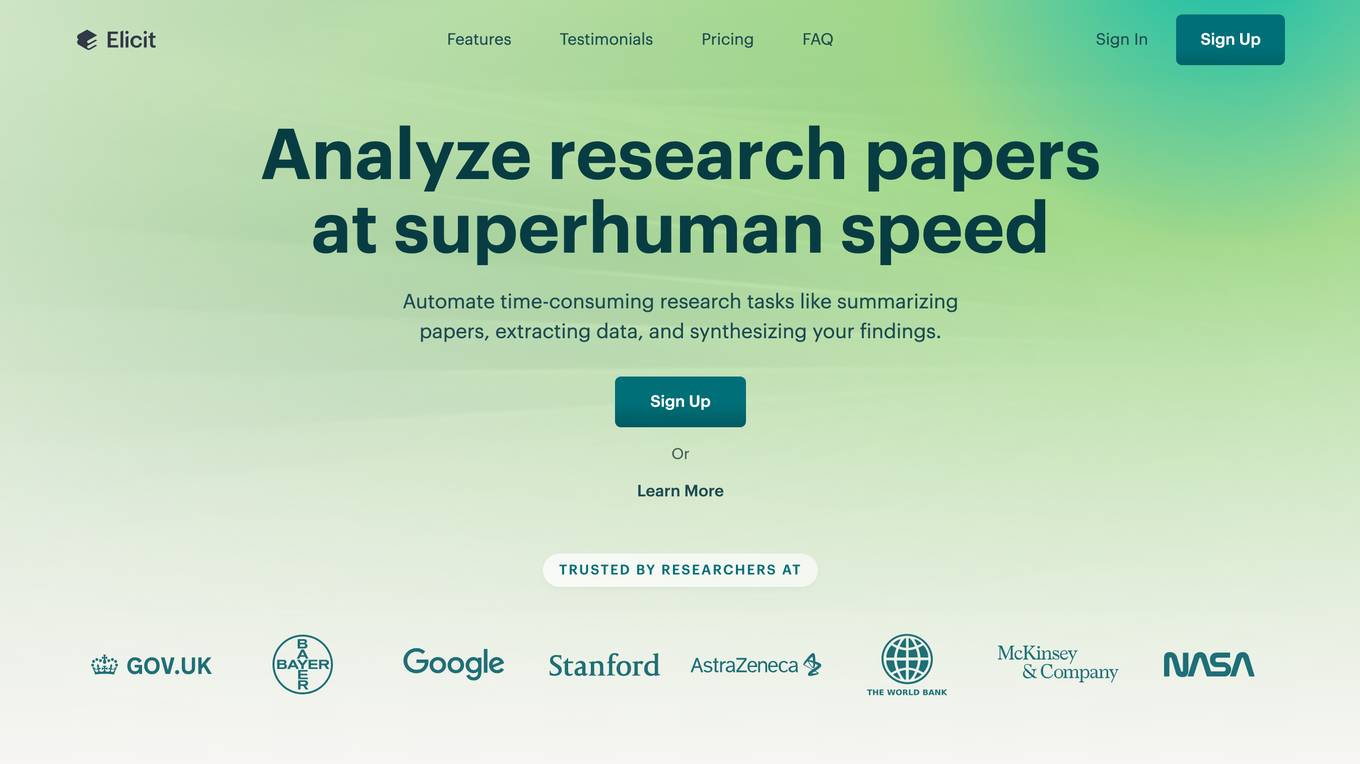
Elicit
Elicit is a research tool that uses artificial intelligence to help researchers analyze research papers more efficiently. It can summarize papers, extract data, and synthesize findings, saving researchers time and effort. Elicit is used by over 800,000 researchers worldwide and has been featured in publications such as Nature and Science. It is a powerful tool that can help researchers stay up-to-date on the latest research and make new discoveries.
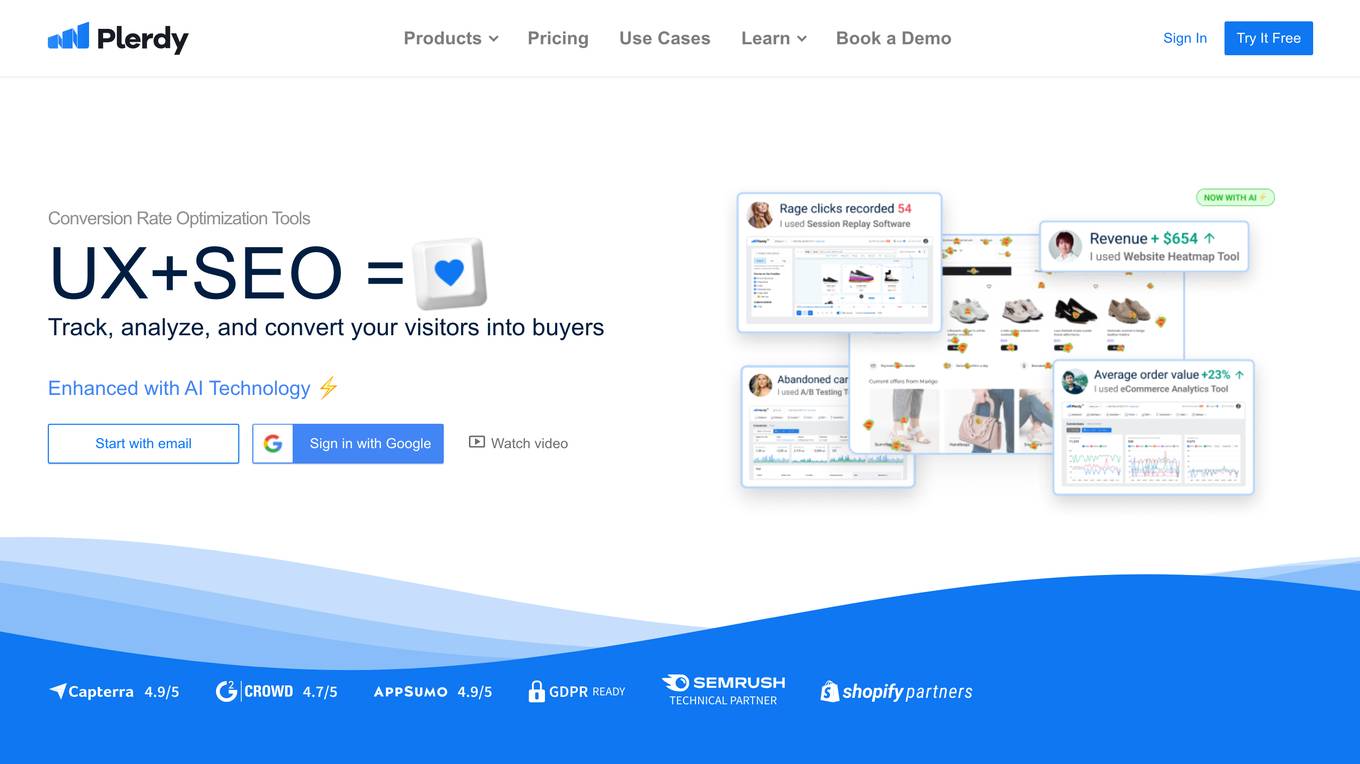
Plerdy
Plerdy is a comprehensive suite of conversion rate optimization tools that helps businesses track, analyze, and convert their website visitors into buyers. With a range of features including website heatmaps, session replay software, pop-up software, website feedback tools, and more, Plerdy provides businesses with the insights they need to improve their website's usability and conversion rates.
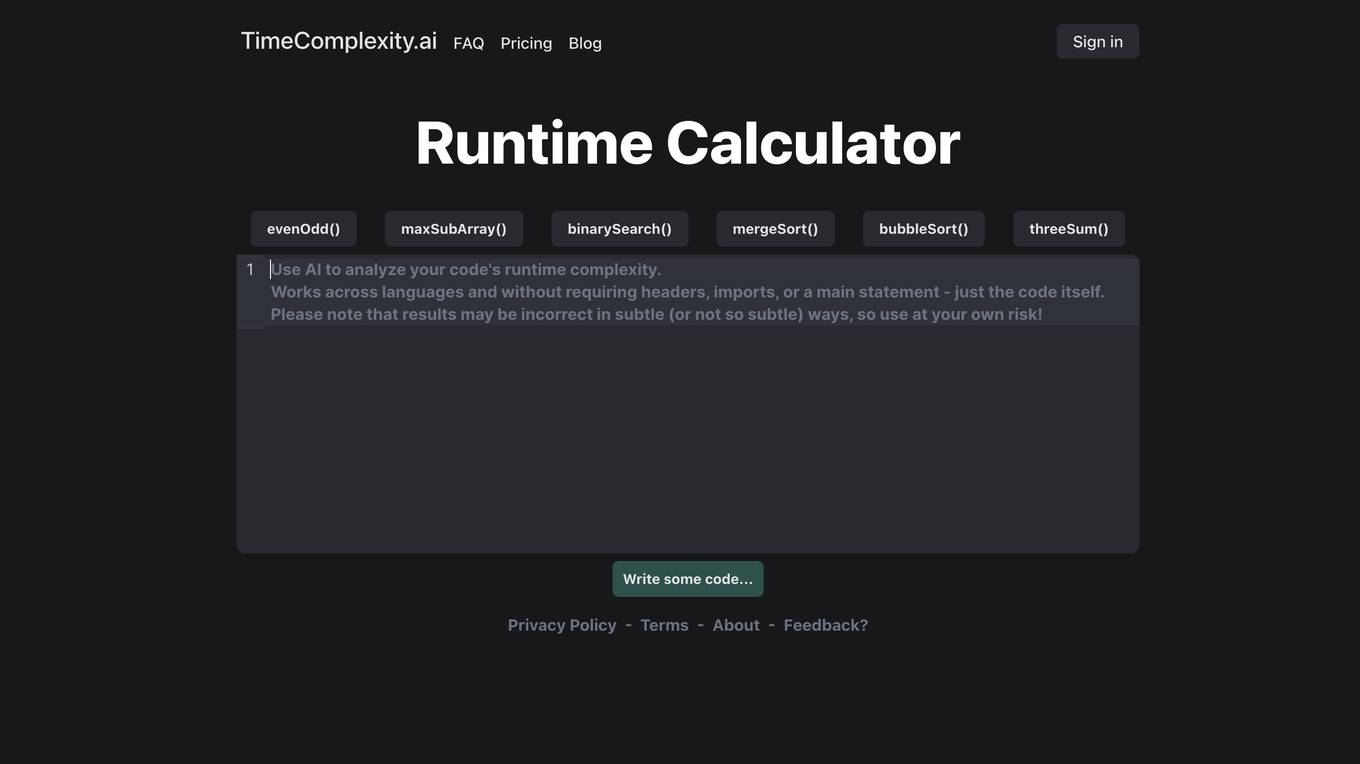
TimeComplexity.ai
TimeComplexity.ai is an AI tool that helps users analyze the runtime complexity of their code. It works seamlessly across different programming languages without the need for headers, imports, or a main statement. Users can input their code and receive insights on its runtime efficiency. However, it's important to note that the results may not always be accurate, so caution is advised when using the tool.
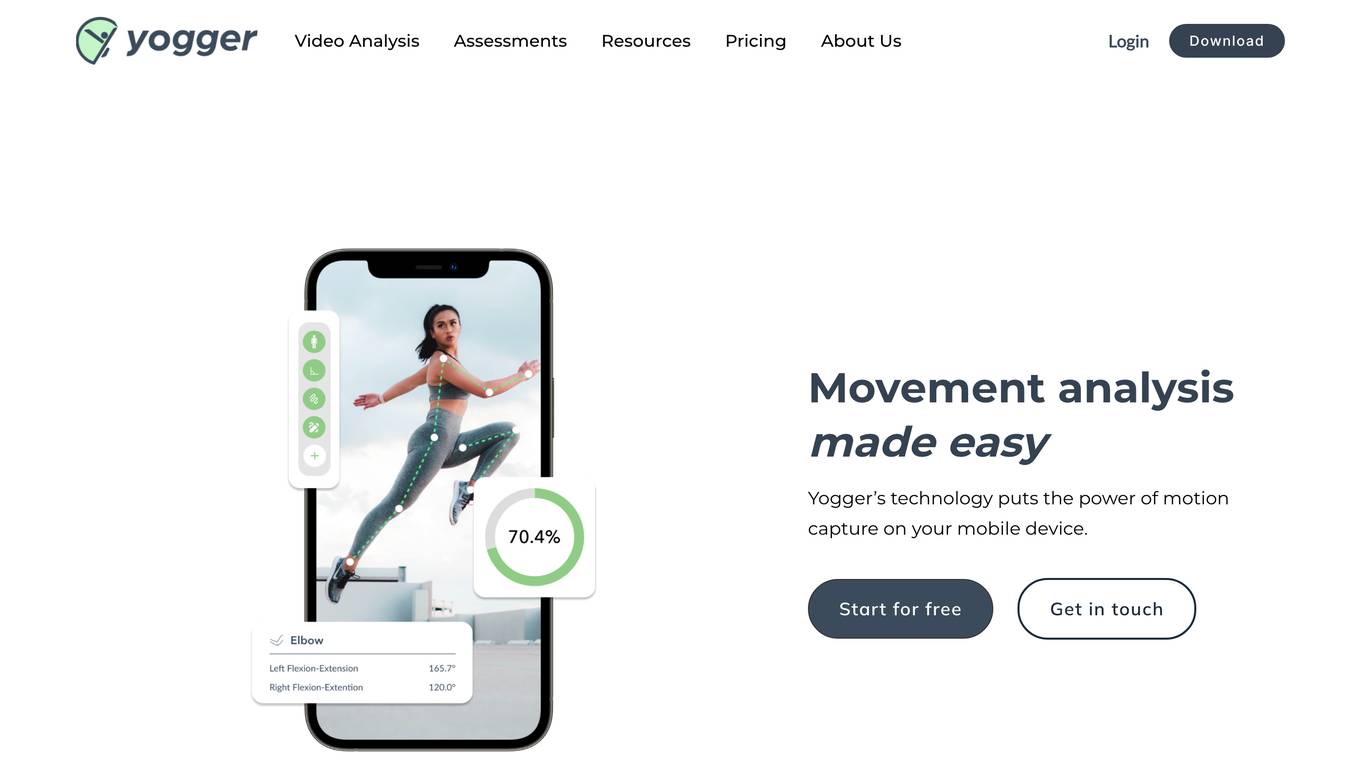
Yogger
Yogger is an AI-powered video analysis and movement assessment tool designed for coaches, trainers, physical therapists, and athletes. It allows users to track form, gather data, and analyze movement for any sport or activity in seconds. With AI-powered screenings, users can get instant scores and insights whether training in person or online. Yogger helps in recovery, training enhancement, and injury prevention, all accessible from a mobile device.
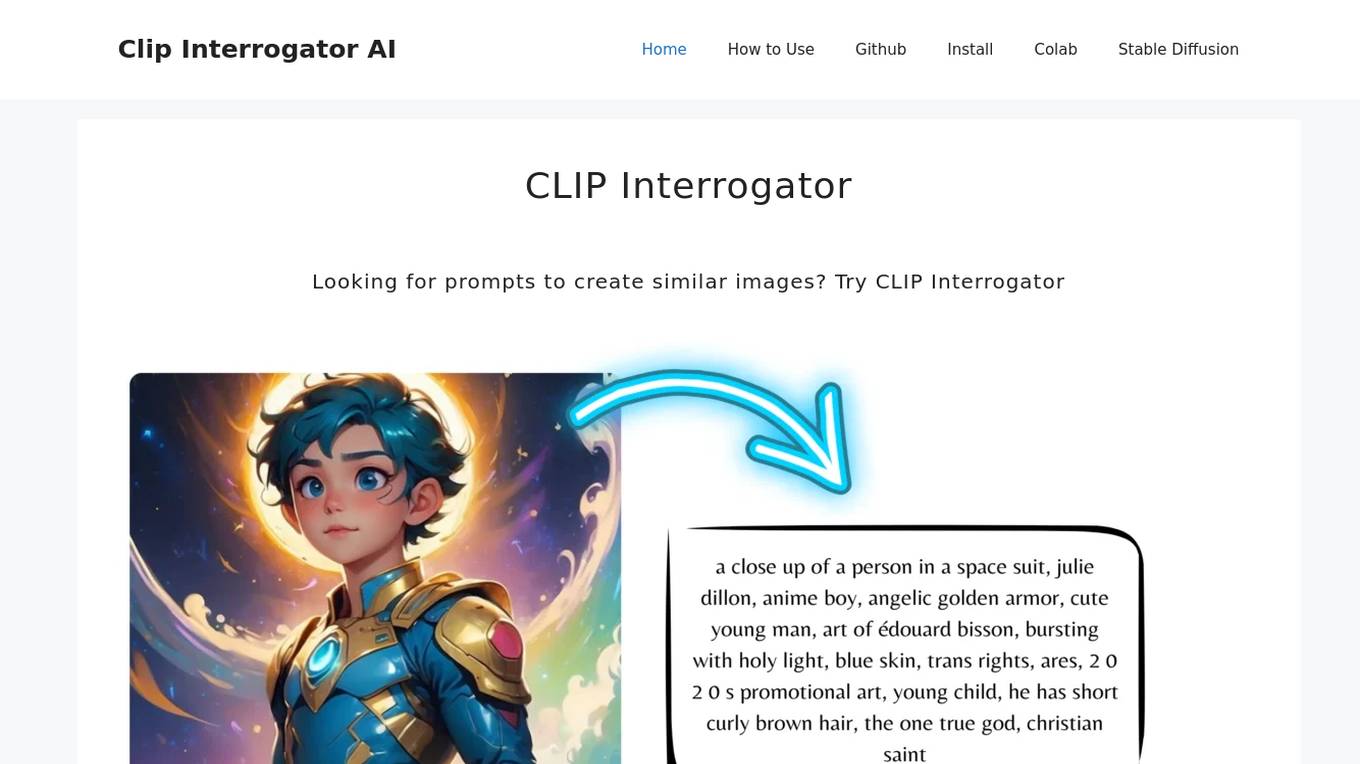
CLIP Interrogator
CLIP Interrogator is a tool that uses the CLIP (Contrastive Language–Image Pre-training) model to analyze images and generate descriptive text or tags. It effectively bridges the gap between visual content and language by interpreting the contents of images through natural language descriptions. The tool is particularly useful for understanding or replicating the style and content of existing images, as it helps in identifying key elements and suggesting prompts for creating similar imagery.
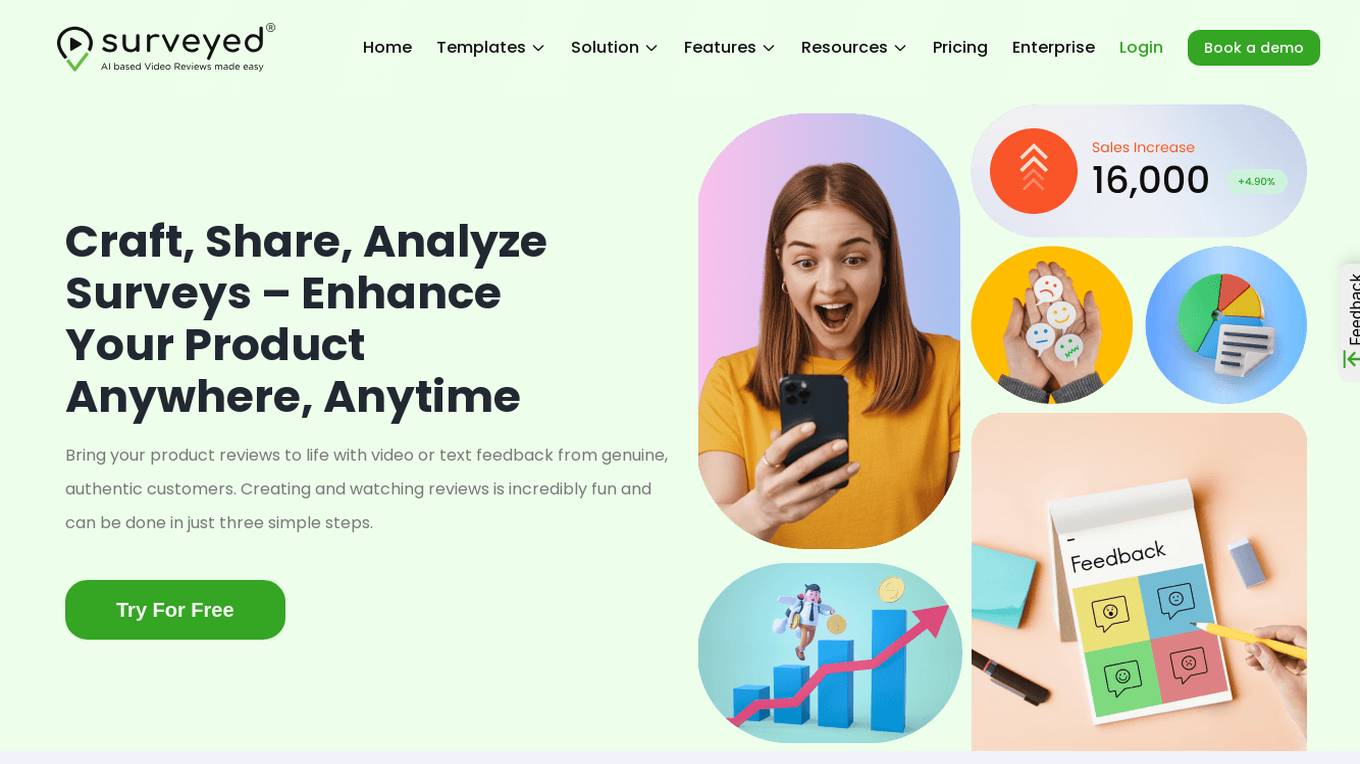
Surveyed.live
Surveyed.live is an AI-powered video survey platform that allows businesses to collect feedback and insights from customers through customizable survey templates. The platform offers features such as video surveys, AI touch response, comprehensible dashboard, Chrome extension, actionable insights, integration, predefined library, appealing survey creation, customer experience statistics, and more. Surveyed.live helps businesses enhance customer satisfaction, improve decision-making, and drive business growth by leveraging AI technology for video reviews and surveys. The platform caters to various industries including hospitality, healthcare, education, customer service, delivery services, and more, providing a versatile solution for optimizing customer relationships and improving overall business performance.
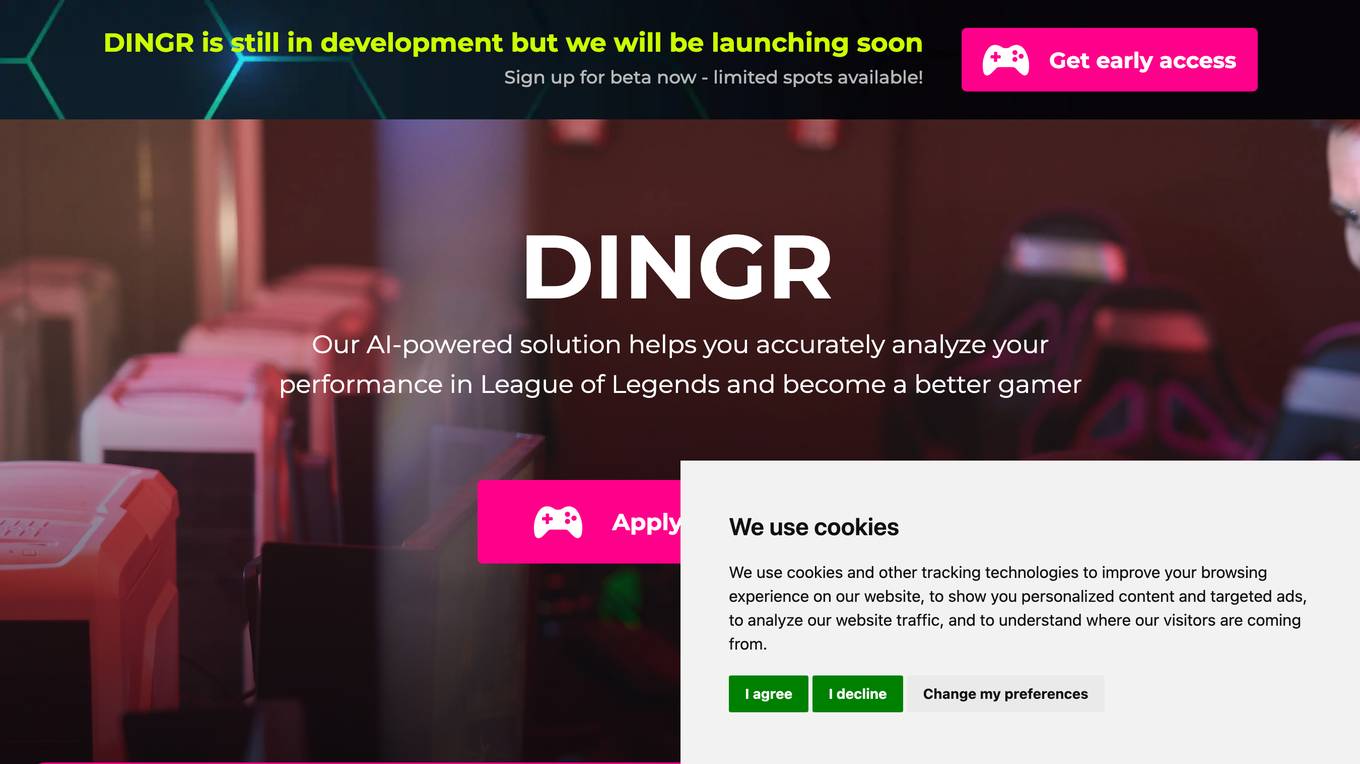
DINGR
DINGR is an AI-powered solution designed to help gamers analyze their performance in League of Legends. The tool uses AI algorithms to provide accurate insights into gameplay, comparing performance metrics with friends and offering suggestions for improvement. DINGR is currently in development, with a focus on enhancing the gaming experience through data-driven analysis and personalized feedback.
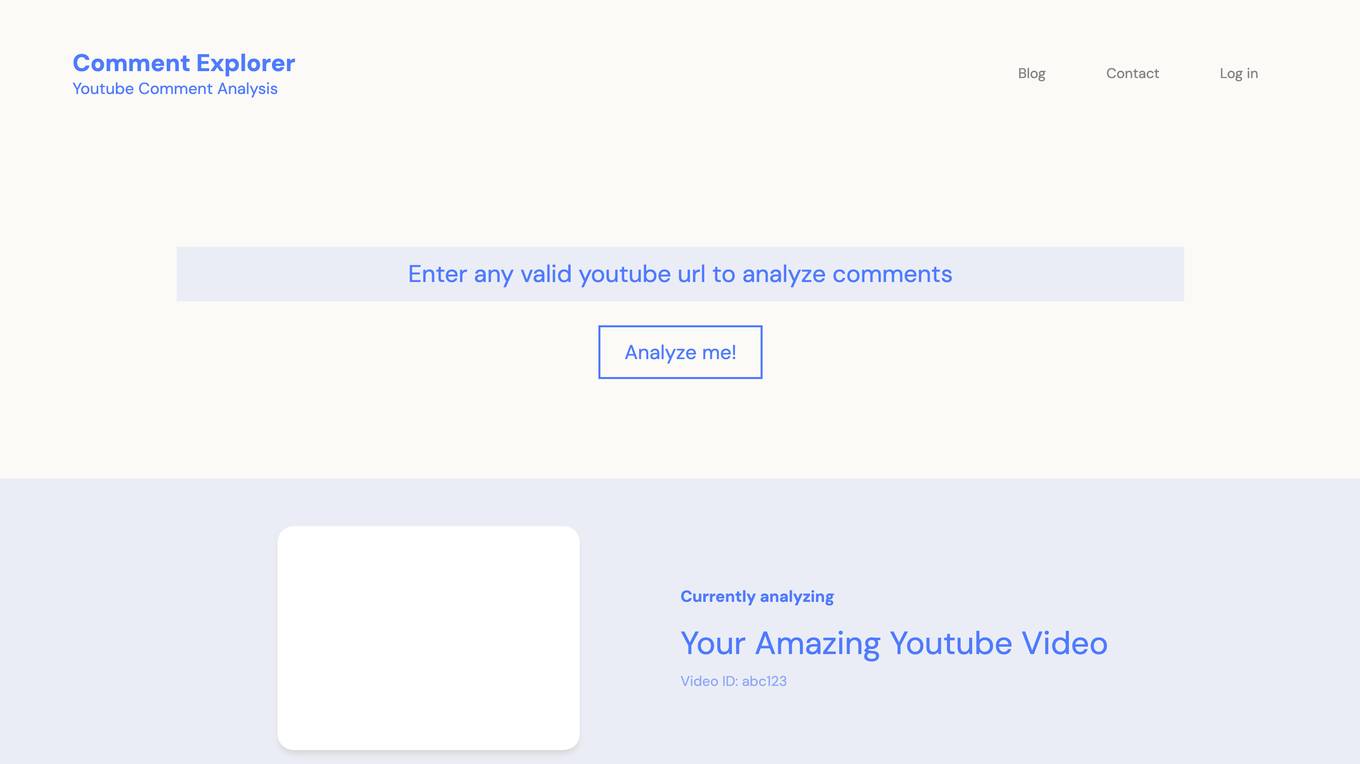
Comment Explorer
Comment Explorer is a free tool that allows users to analyze comments on YouTube videos. Users can gain insights into audience engagement, sentiment, and top subjects of discussion. The tool helps content creators understand the impact of their videos and improve interaction with viewers.

AI Tech Debt Analysis Tool
This website is an AI tool that helps senior developers analyze AI tech debt. AI tech debt is the technical debt that accumulates when AI systems are developed and deployed. It can be difficult to identify and quantify AI tech debt, but it can have a significant impact on the performance and reliability of AI systems. This tool uses a variety of techniques to analyze AI tech debt, including static analysis, dynamic analysis, and machine learning. It can help senior developers to identify and quantify AI tech debt, and to develop strategies to reduce it.
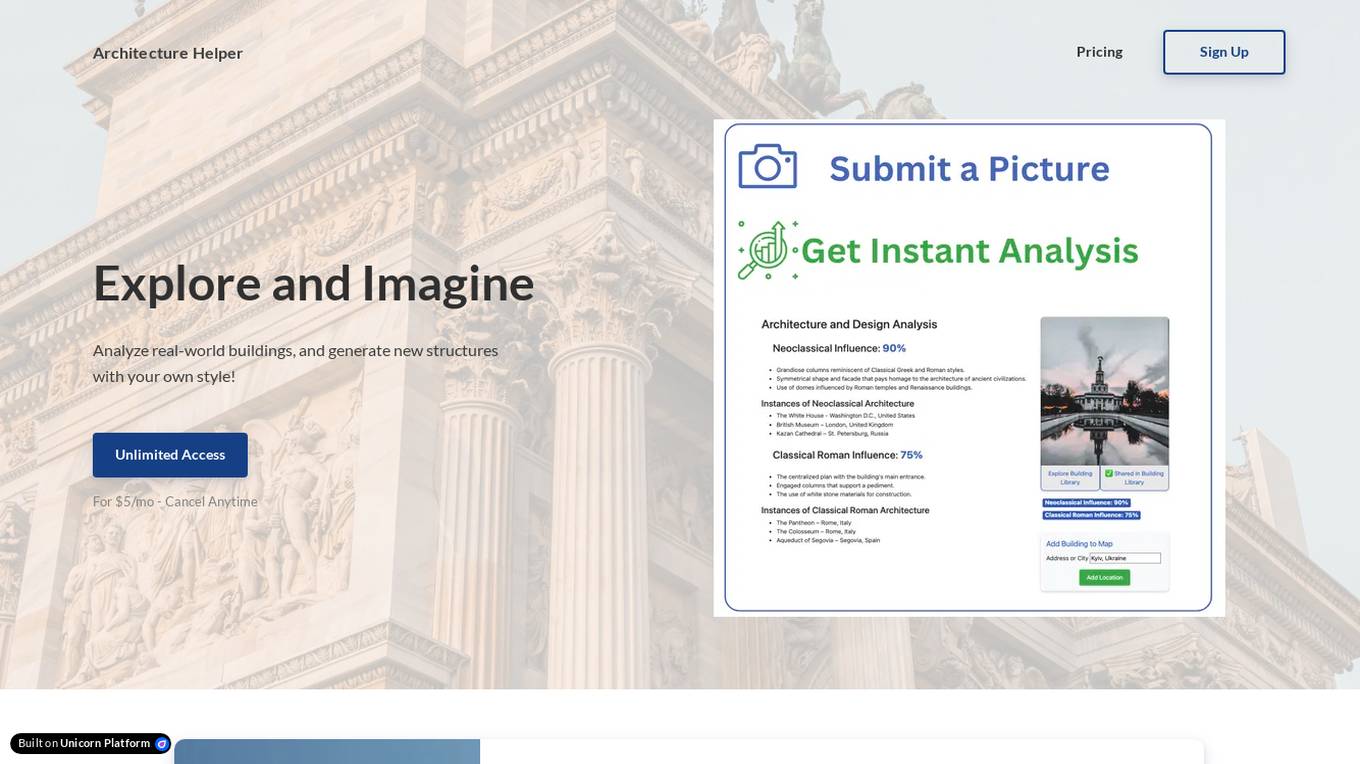
Architecture Helper
Architecture Helper is an AI-based application that allows users to analyze real-world buildings, explore architectural influences, and generate new structures with customizable styles. Users can submit images for instant design analysis, mix and match different architectural styles, and create stunning architectural and interior images. The application provides unlimited access for $5 per month, with the flexibility to cancel anytime. Named as a 'Top AI Tool' in Real Estate by CRE Software, Architecture Helper offers a powerful and playful tool for architecture enthusiasts to explore, learn, and create.
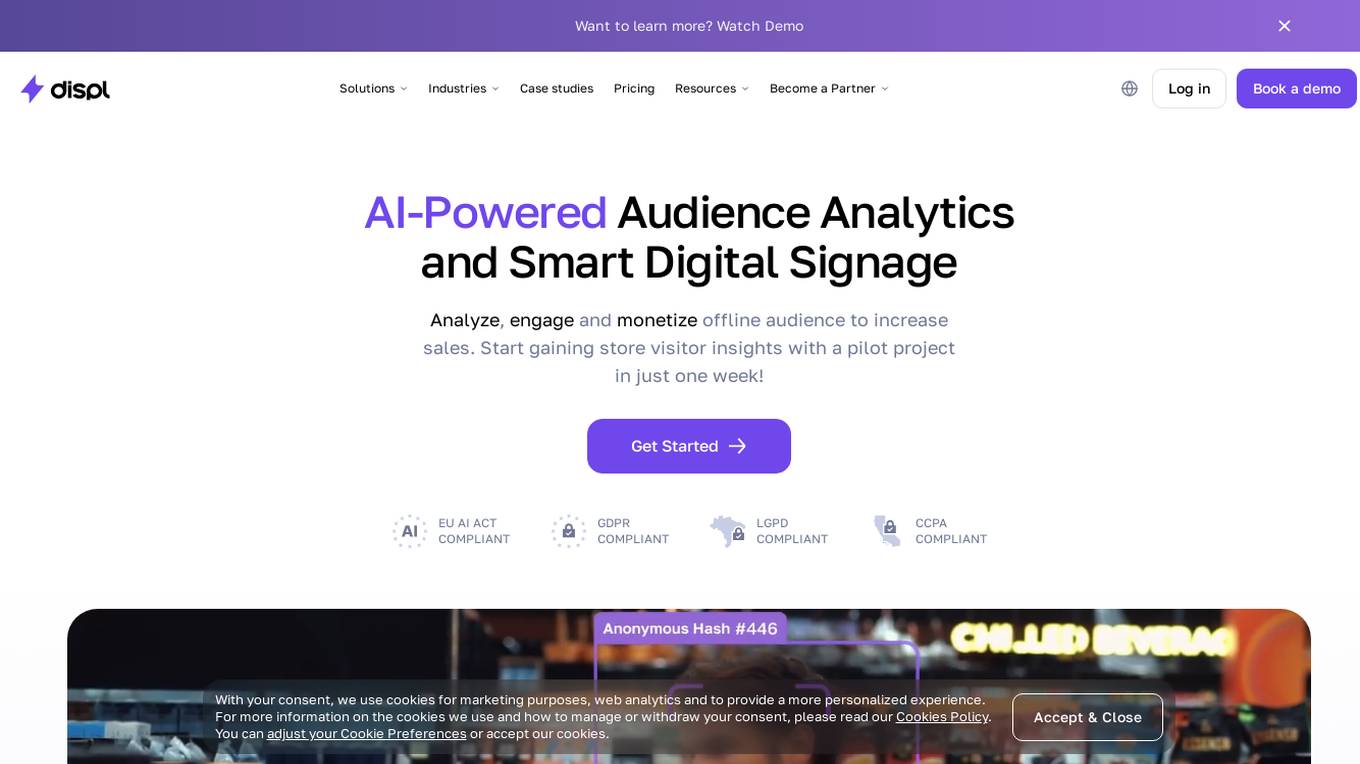
DISPL
DISPL is an AI-powered audience analytics and smart digital signage platform that helps businesses analyze, engage, and monetize offline audience behavior to increase sales. It offers solutions for visitor insights, impression analytics, smart digital signage, self-service portal, direct ad sales, and more. DISPL is designed to prioritize privacy and security by collecting only anonymous attributes of visitors, ensuring data cannot be used to identify specific individuals. The platform is compliant with global data protection standards such as LGPD and GDPR, making it a trusted solution for various industries including media owners, consumer electronics, restaurants, hotels, and more.
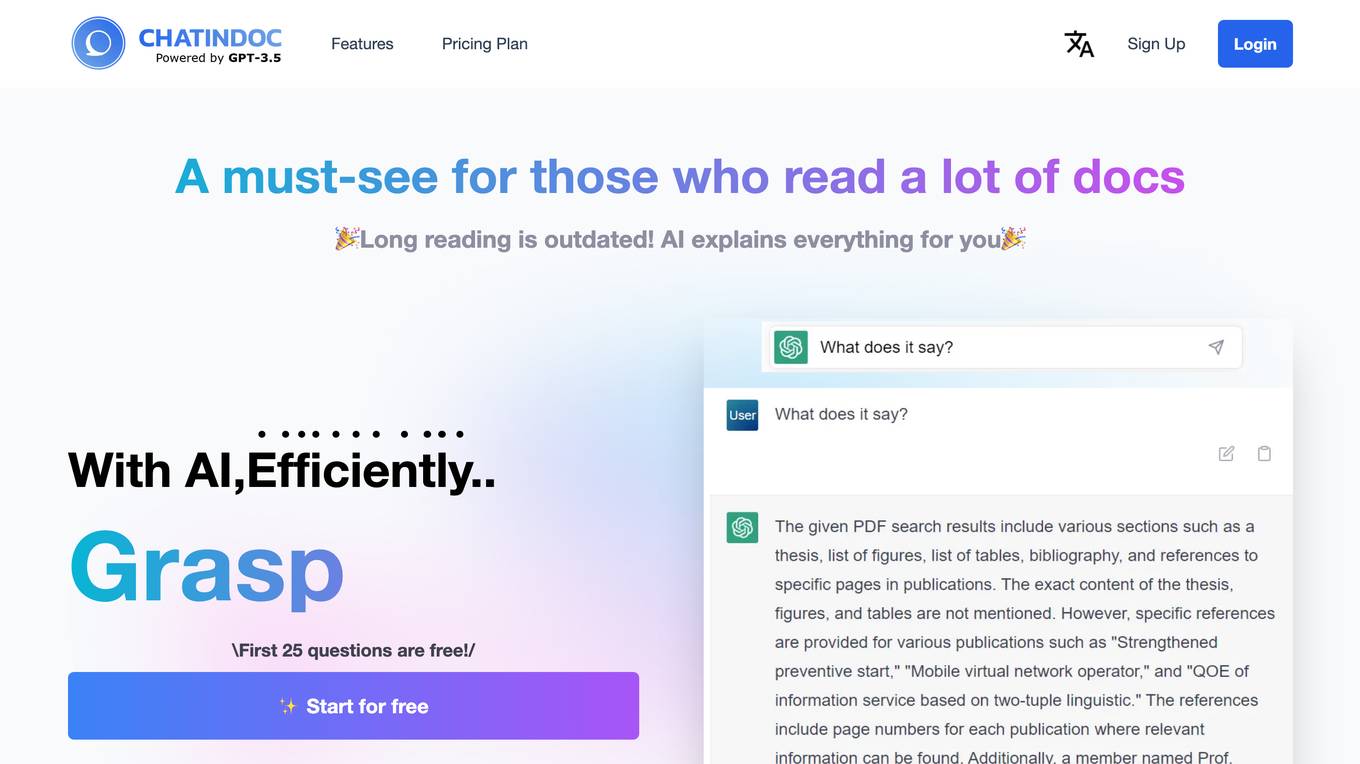
ChatInDoc
ChatInDoc is an AI-powered tool designed to revolutionize the way people interact with and comprehend lengthy documents. By leveraging cutting-edge AI technology, ChatInDoc offers users the ability to efficiently analyze, summarize, and extract key information from various file formats such as PDFs, Office documents, and text files. With features like IR analysis, term lookup, PDF viewing, and AI-powered chat capabilities, ChatInDoc aims to streamline the process of digesting complex information and enhance productivity. The application's user-friendly interface and advanced AI algorithms make it a valuable tool for students, professionals, and anyone dealing with extensive document reading tasks.
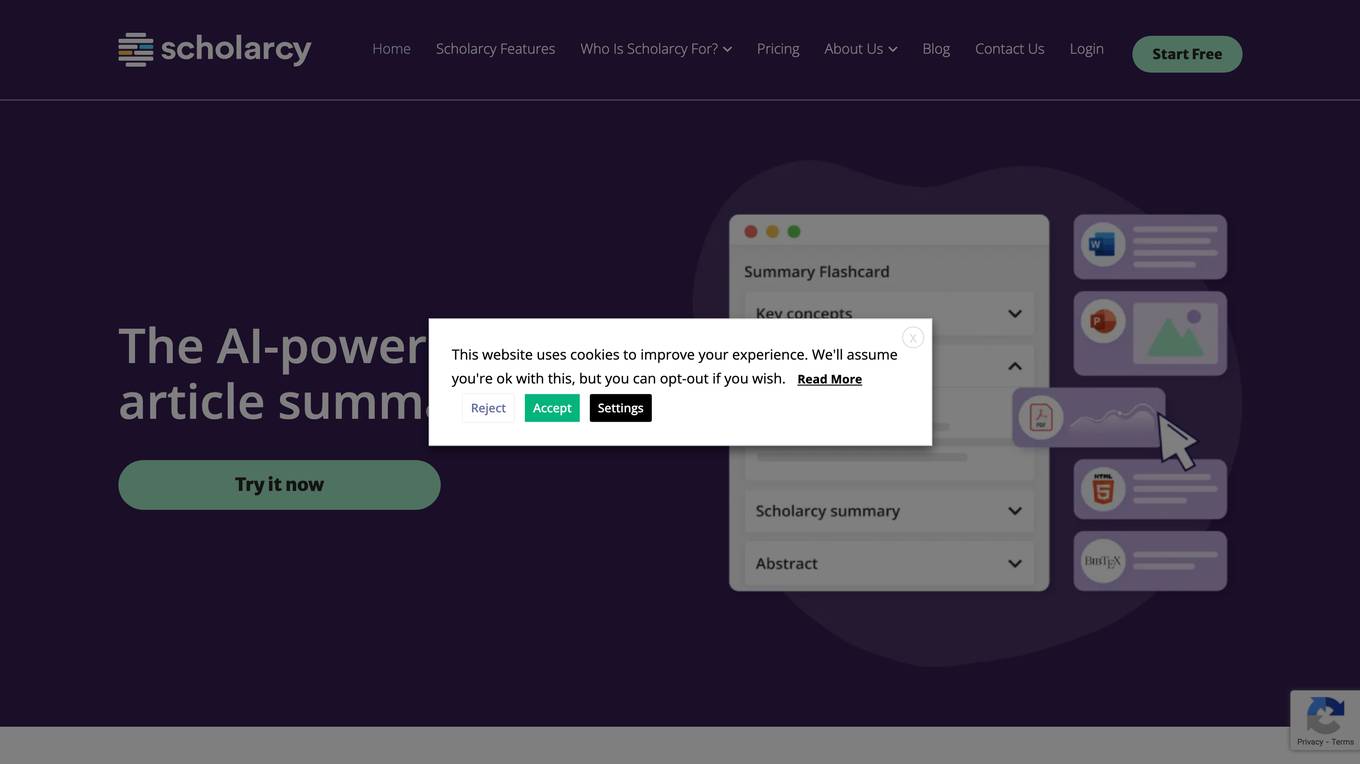
Scholarcy
Scholarcy is an AI-powered tool that helps users to summarize and analyze academic papers efficiently. By utilizing advanced algorithms, Scholarcy can extract key information from research articles, enabling users to save time and enhance their understanding of complex topics. The platform offers a seamless experience for researchers, students, and professionals looking to streamline their literature review process and extract valuable insights from scholarly articles.

Landscape
Landscape is an AI-powered platform designed to help venture capital firms, angel investors, research teams, and business development professionals discover and analyze early-stage private market companies. By leveraging AI technology, Landscape monitors over 15 alternative data sources to provide signals on potential investment opportunities at the earliest stages. Users can build custom feeds, apply filters, and access backtested data to make informed investment decisions. The platform also offers workflow tools for competitor analysis, market mapping, founder ranking, and operations optimization. Landscape aims to provide a competitive edge by enabling users to identify promising startups before they are widely known in the market.
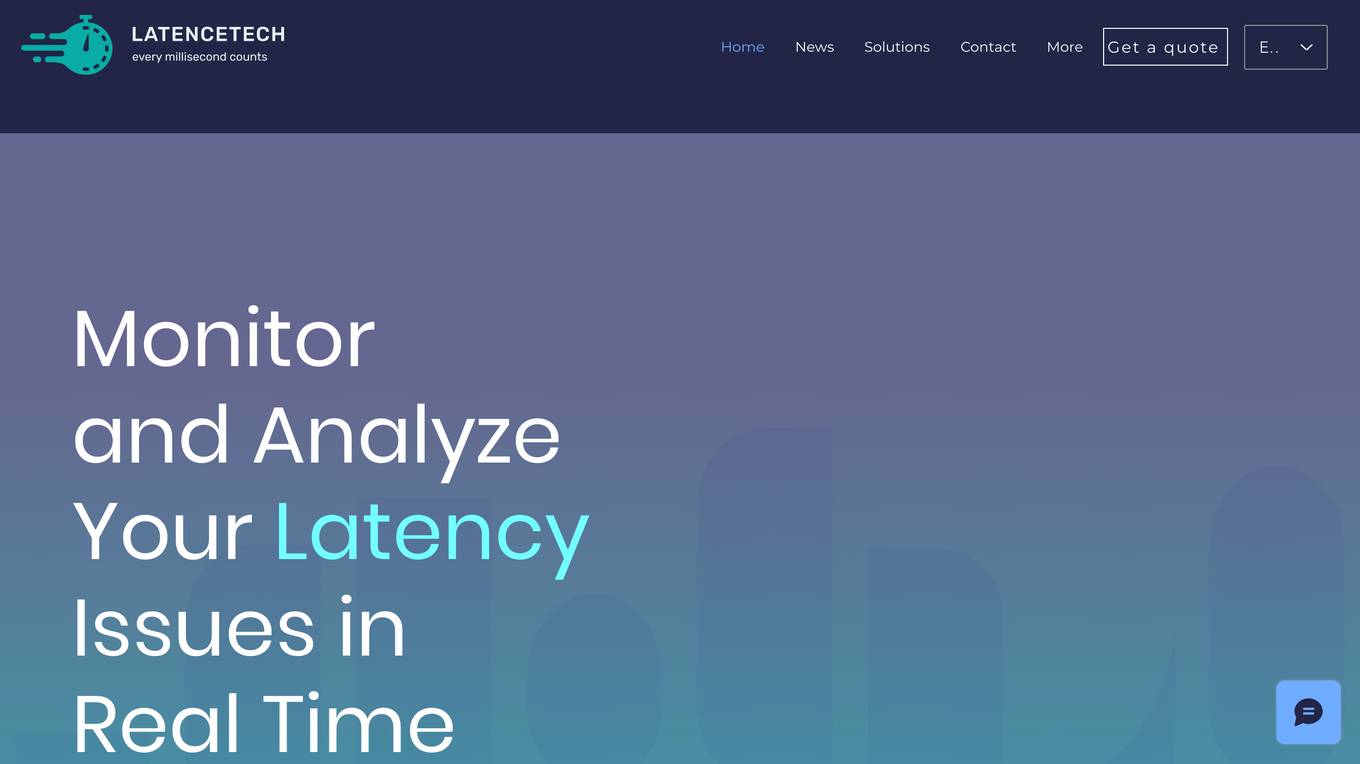
LatenceTech
LatenceTech is a tech startup that specializes in network latency monitoring and analysis. The platform offers real-time monitoring, prediction, and in-depth analysis of network latency using AI software. It provides cloud-based network analytics, versatile network applications, and data science-driven network acceleration. LatenceTech focuses on customer satisfaction by providing full customer experience service and expert support. The platform helps businesses optimize network performance, minimize latency issues, and achieve faster network speed and better connectivity.
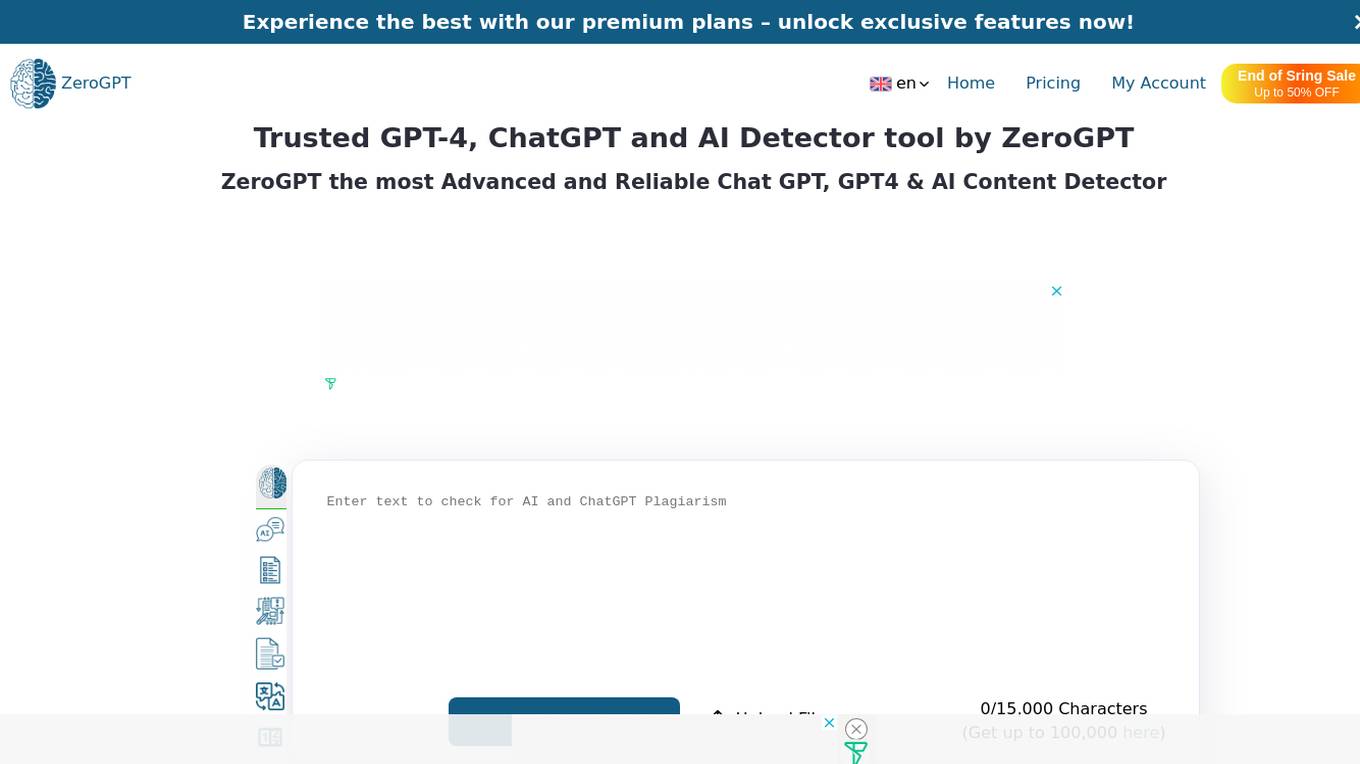
ZeroGPT
ZeroGPT is a trusted AI detector tool that specializes in detecting AI-generated content like ChatGPT, GPT4, and Gemini. It offers advanced features such as AI summarization, paraphrasing, grammar and spell checking, translation, word counting, and citation generation. The tool is designed to provide highly accurate results and supports multiple languages. ZeroGPT stands out for its highlighted sentences feature, batch file upload capability, high accuracy model, and automatically generated reports. It utilizes DeepAnalyse™ Technology, a multi-stage methodology that optimizes accuracy while minimizing false positives and negatives. Users can unlock premium features and API access to enhance their writing skills and integrate the tool on a large scale.
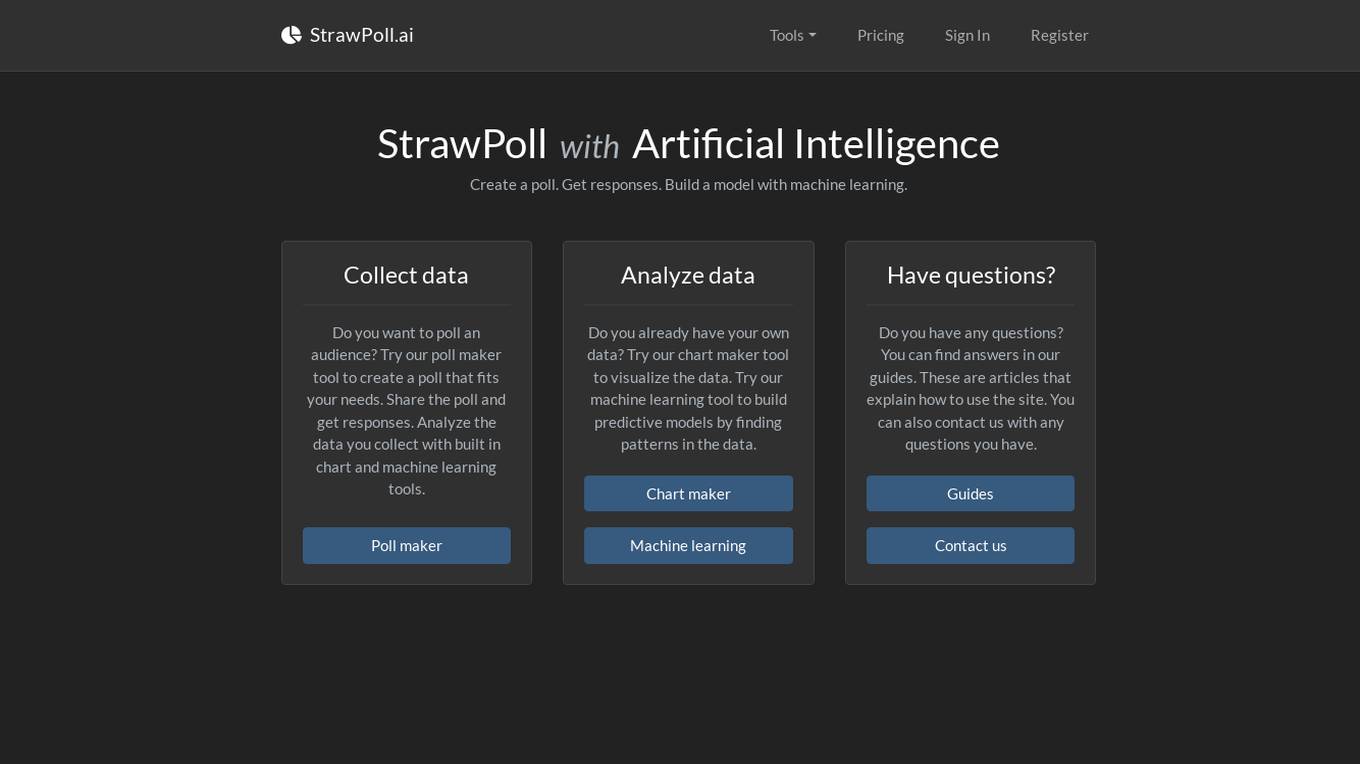
StrawPoll.ai
StrawPoll.ai is an AI-powered platform that offers tools for creating polls, generating charts, and utilizing machine learning to analyze data. Users can easily create polls tailored to their needs, share them to collect responses, and analyze the data using built-in chart and machine learning tools. The platform also provides a chart maker tool for visualizing existing data and a machine learning tool for building predictive models by identifying patterns in the data. Additionally, users can access guides for assistance and contact support for any queries.
0 - Open Source AI Tools
20 - OpenAI Gpts
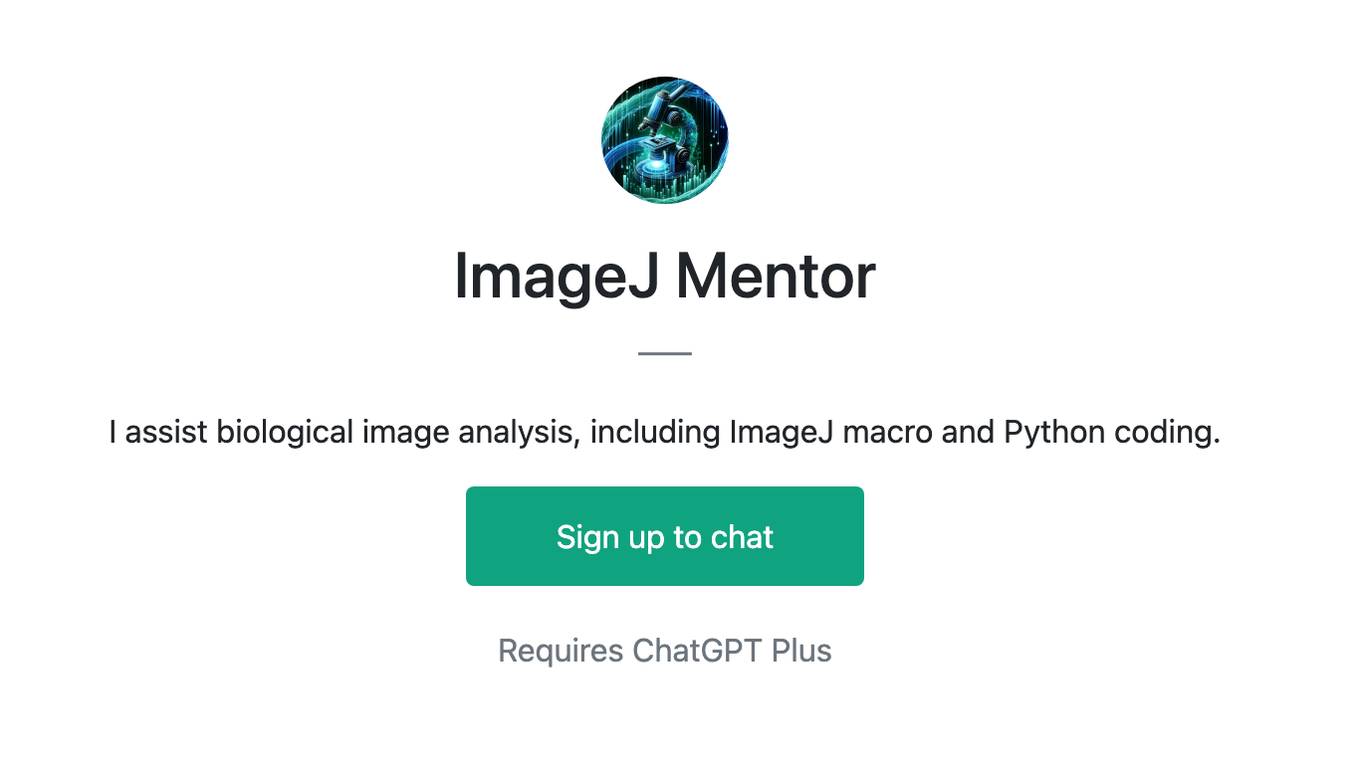
ImageJ Mentor
I assist biological image analysis, including ImageJ macro and Python coding.
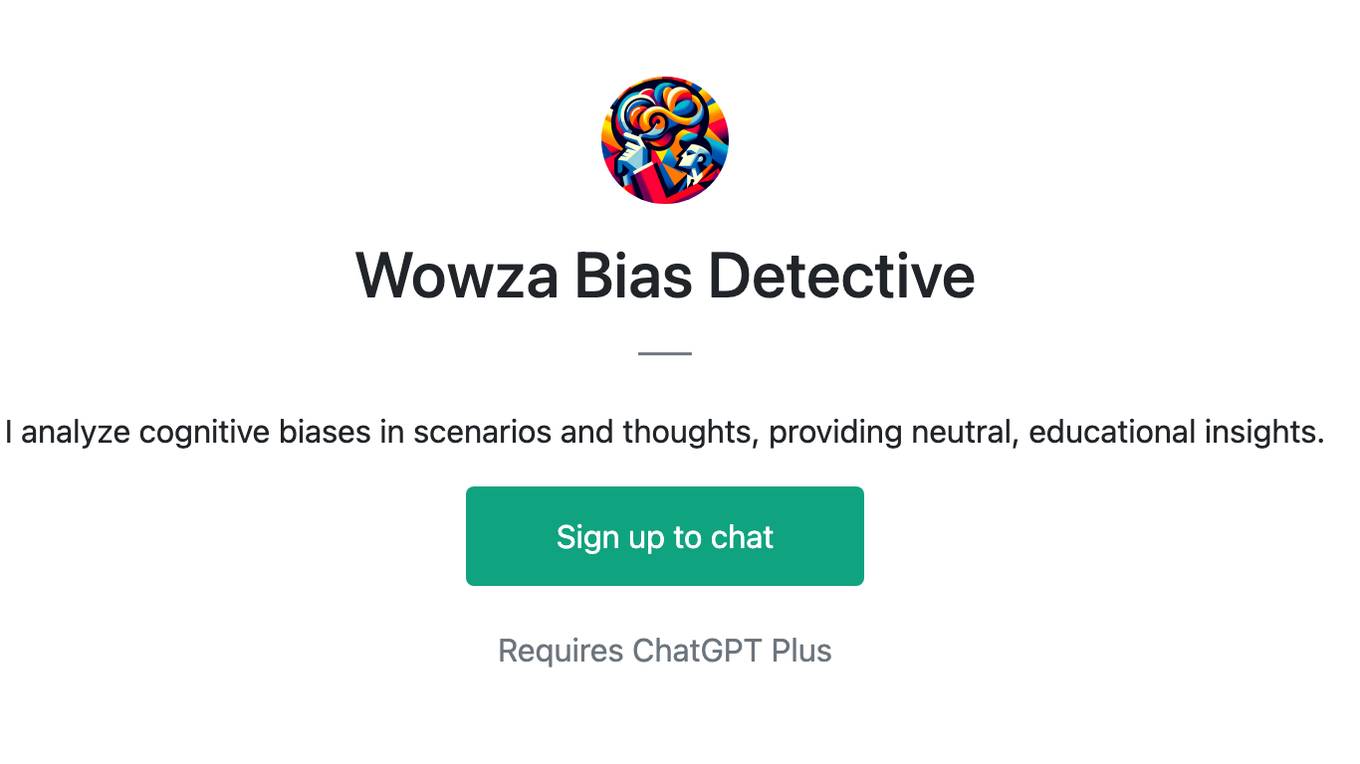
Wowza Bias Detective
I analyze cognitive biases in scenarios and thoughts, providing neutral, educational insights.
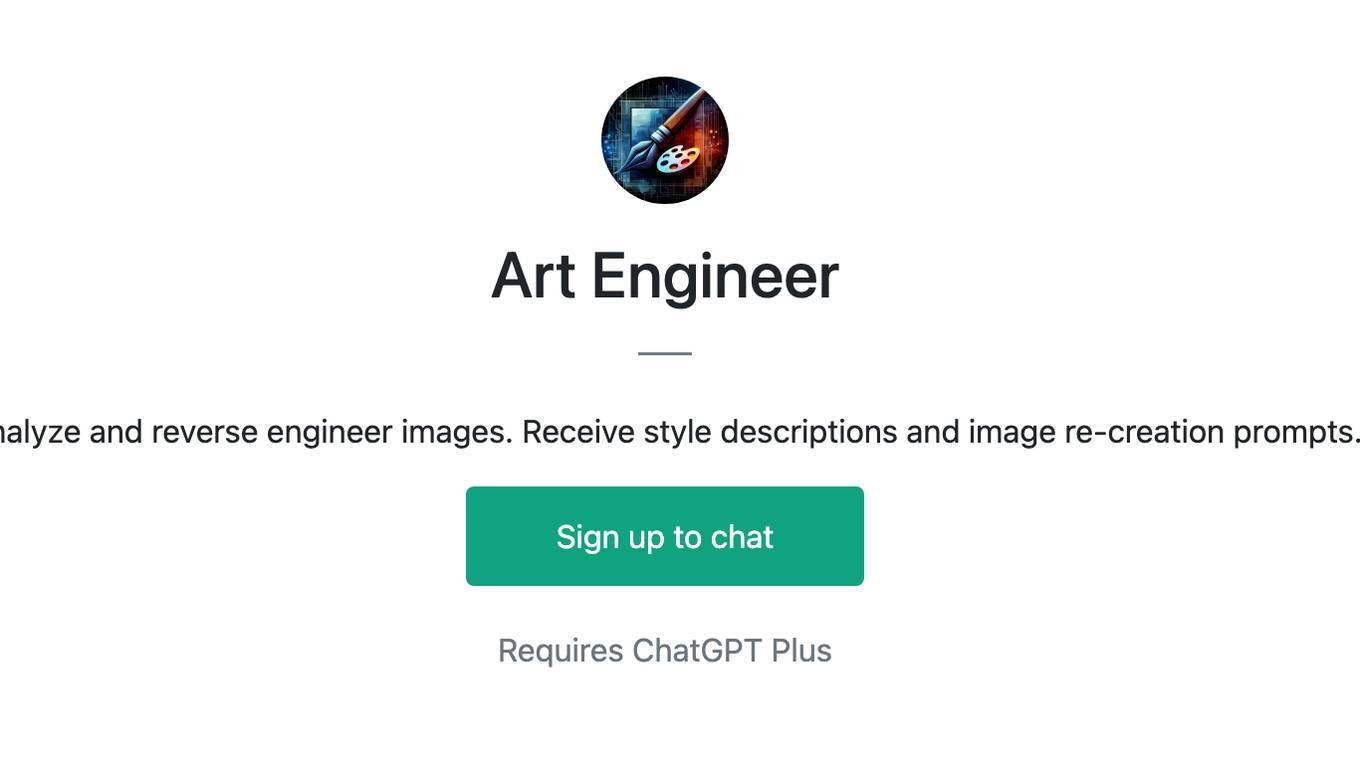
Art Engineer
Analyze and reverse engineer images. Receive style descriptions and image re-creation prompts.

Stock Market Analyst
I read and analyze annual reports of companies. Just upload the annual report PDF and start asking me questions!

Good Design Advisor
As a Good Design Advisor, I provide consultation and advice on design topics and analyze designs that are provided through documents or links. I can also generate visual representations myself to illustrate design concepts.
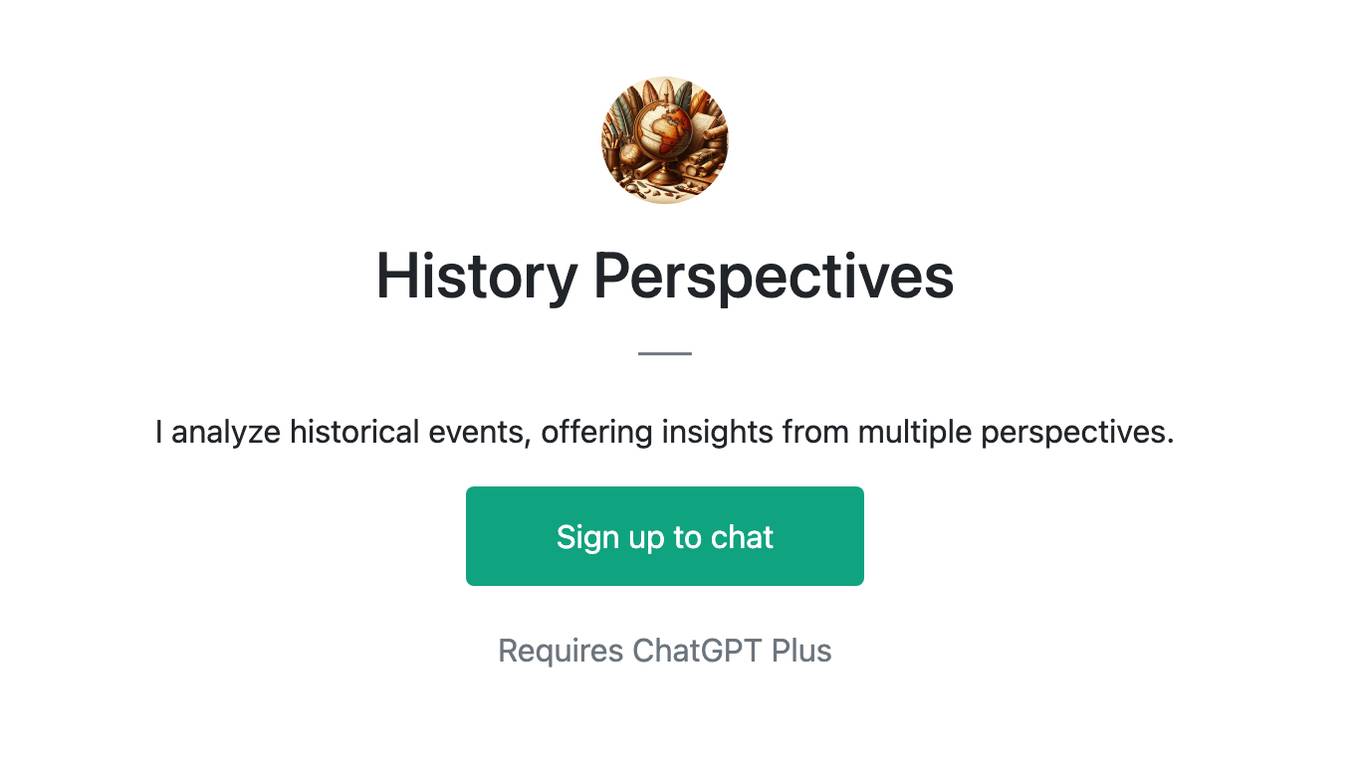
History Perspectives
I analyze historical events, offering insights from multiple perspectives.
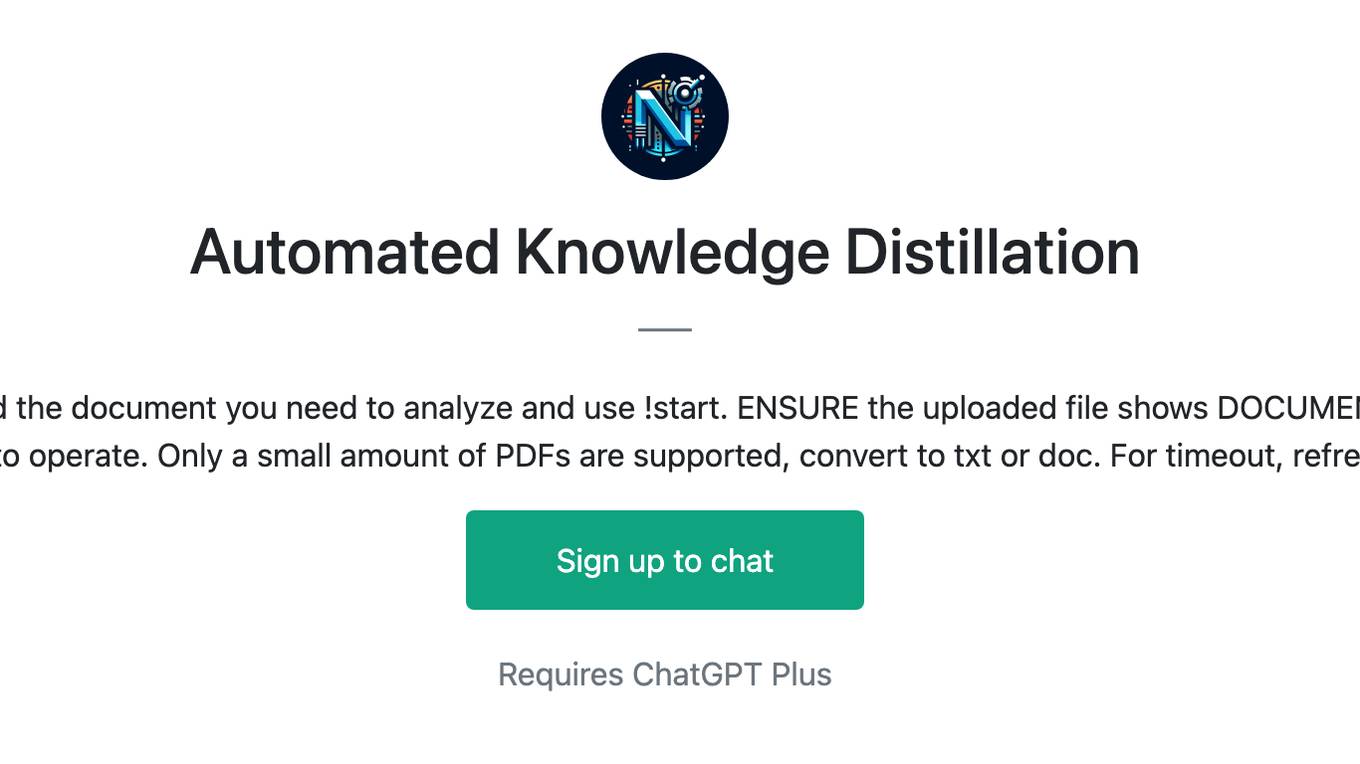
Automated Knowledge Distillation
For strategic knowledge distillation, upload the document you need to analyze and use !start. ENSURE the uploaded file shows DOCUMENT and NOT PDF. This workflow requires leveraging RAG to operate. Only a small amount of PDFs are supported, convert to txt or doc. For timeout, refresh & !continue
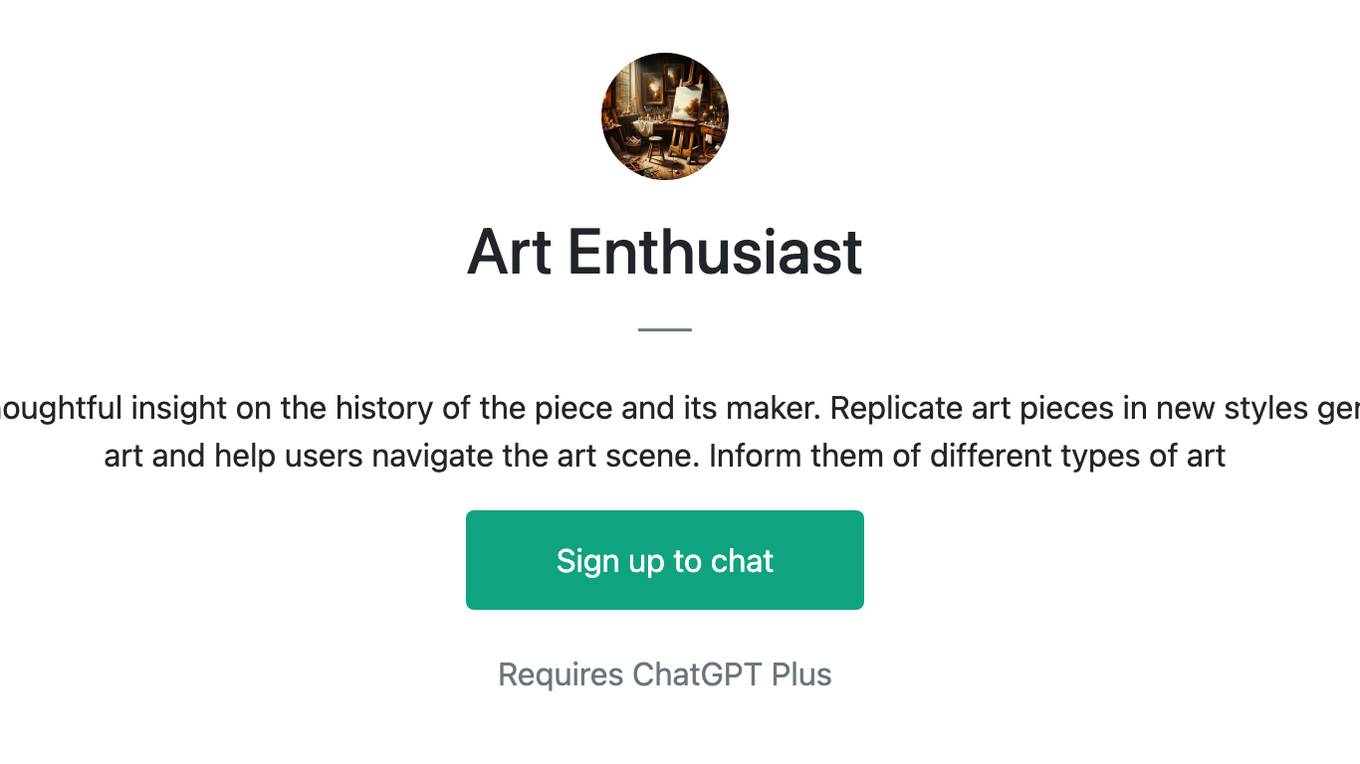
Art Enthusiast
Analyze any uploaded art piece, providing thoughtful insight on the history of the piece and its maker. Replicate art pieces in new styles generated by the user. Be an overall expert in art and help users navigate the art scene. Inform them of different types of art
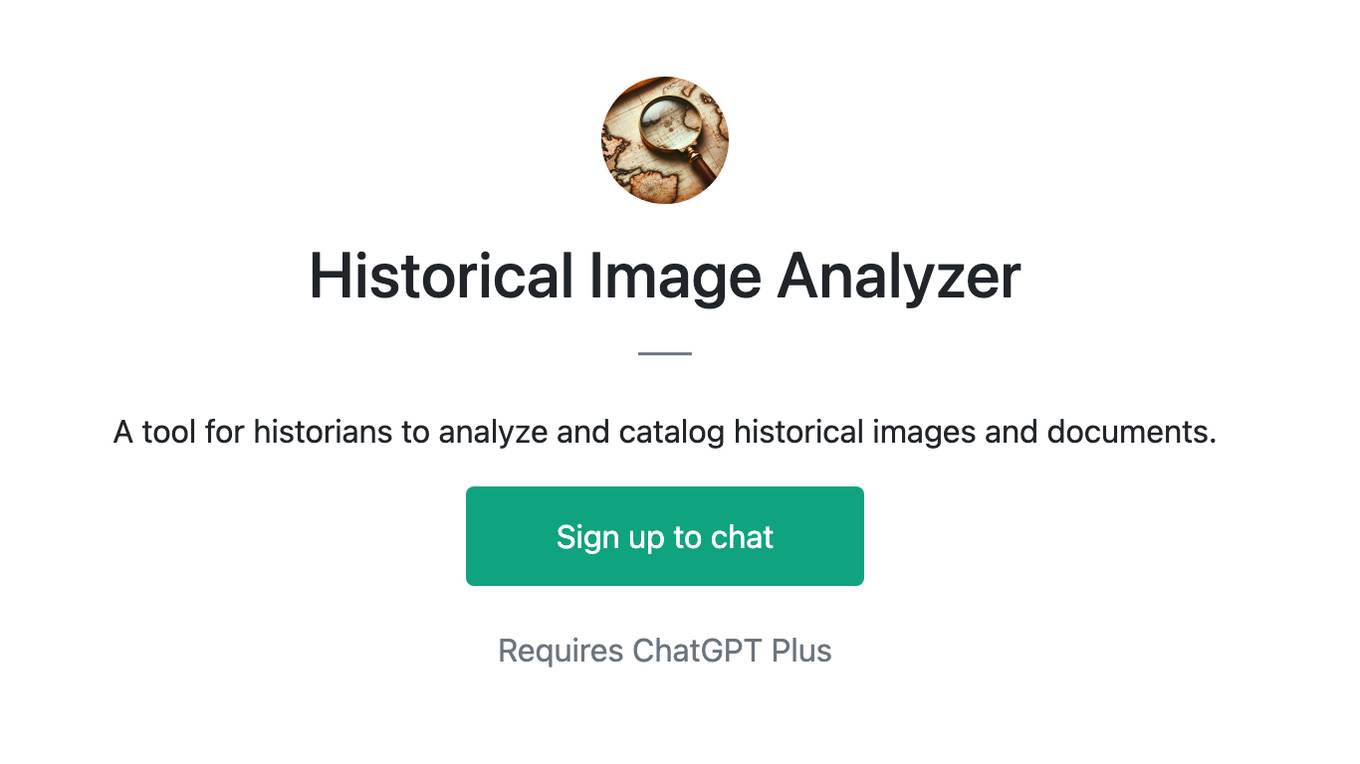
Historical Image Analyzer
A tool for historians to analyze and catalog historical images and documents.
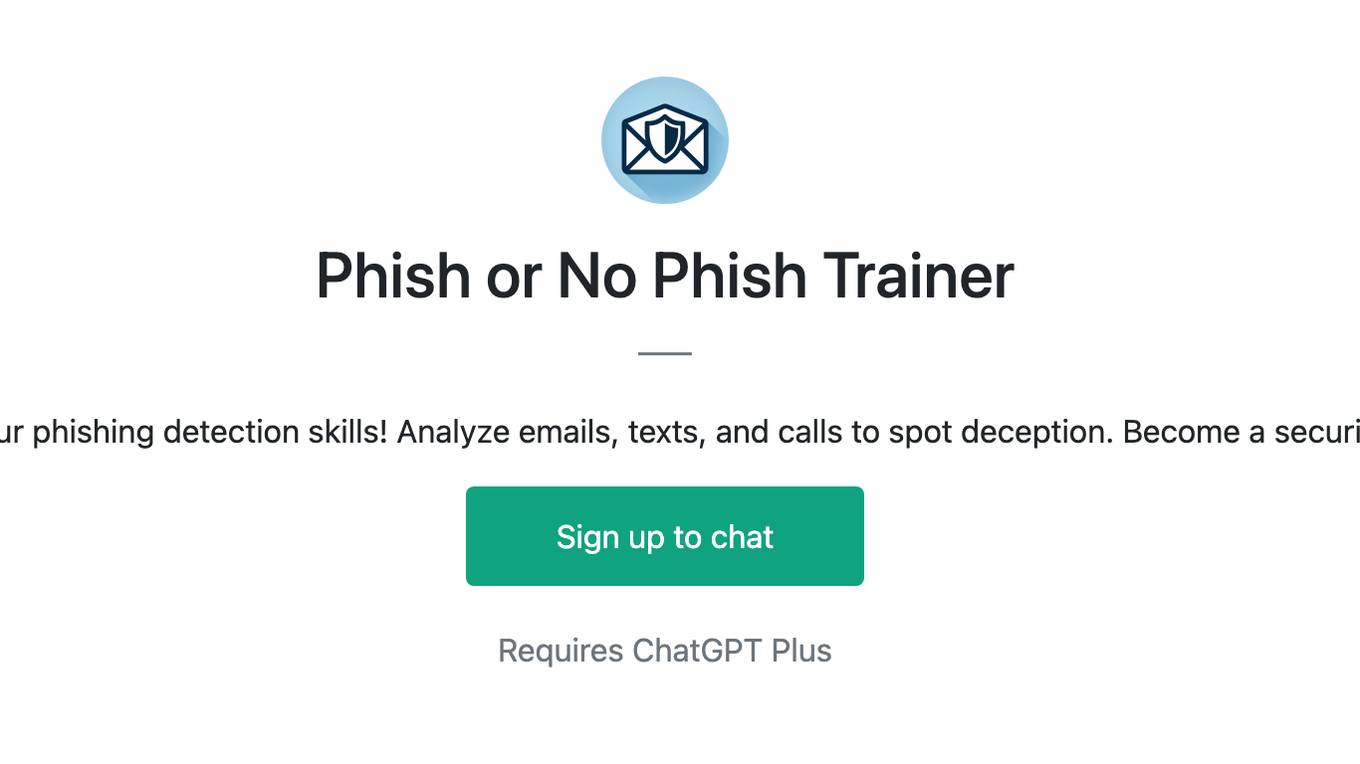
Phish or No Phish Trainer
Hone your phishing detection skills! Analyze emails, texts, and calls to spot deception. Become a security pro!
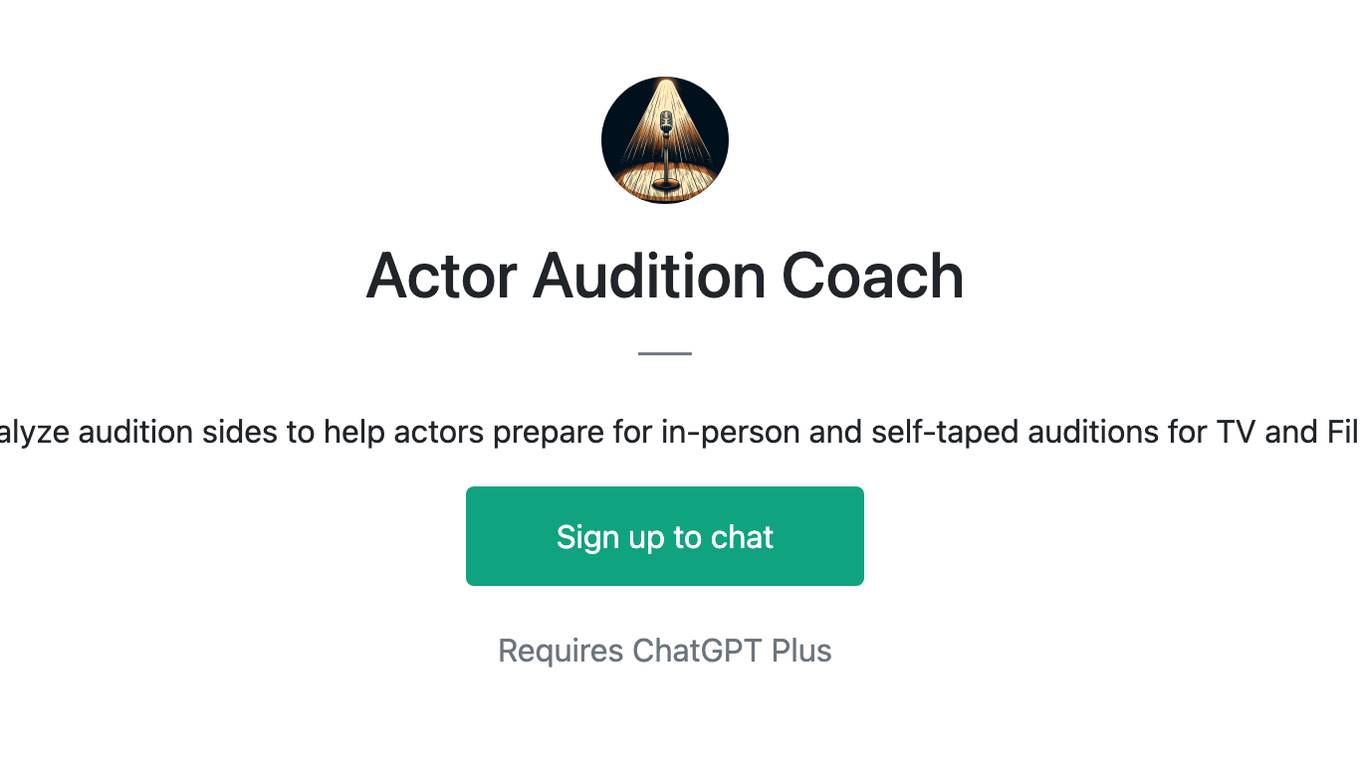
Actor Audition Coach
I analyze audition sides to help actors prepare for in-person and self-taped auditions for TV and Film
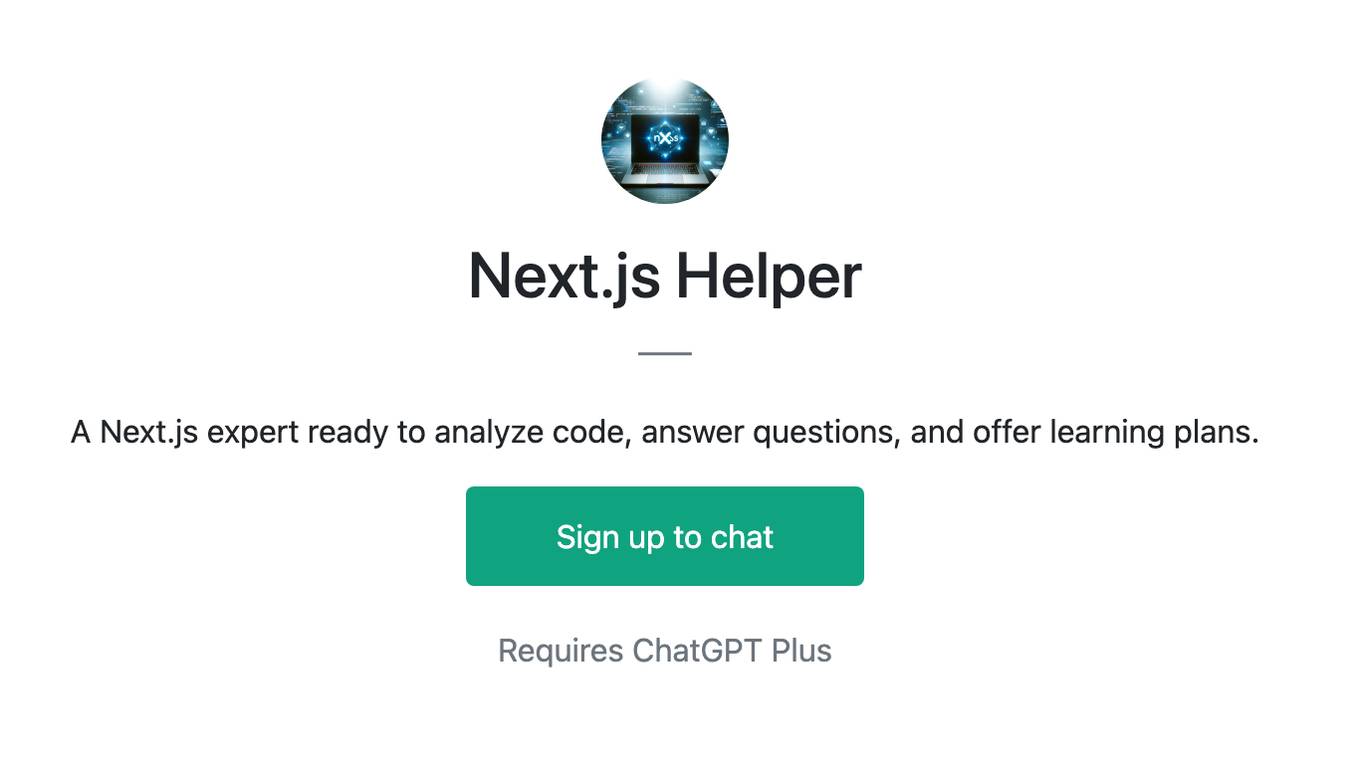
Next.js Helper
A Next.js expert ready to analyze code, answer questions, and offer learning plans.
